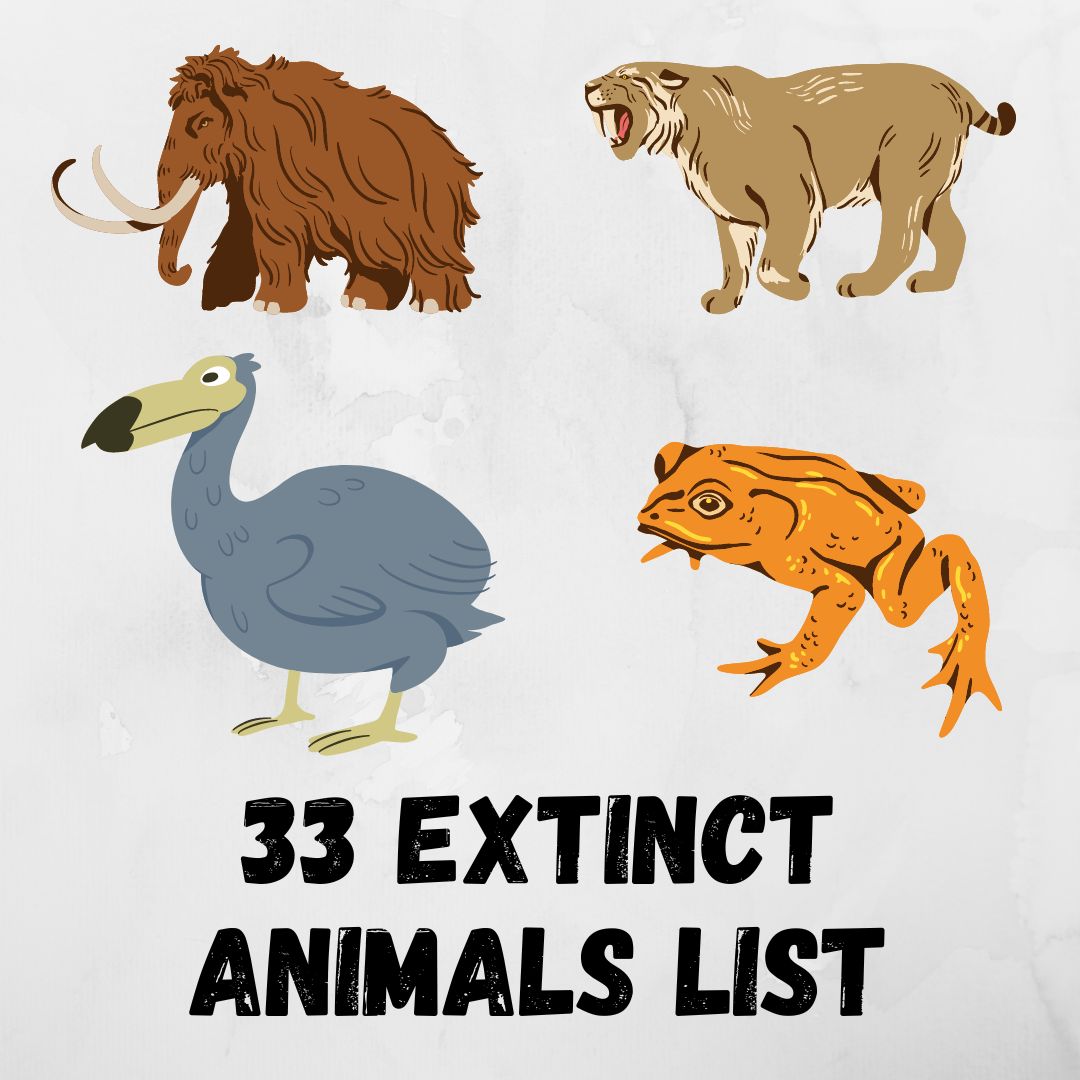The Earth’s history is marked by the rise and fall of countless species, but the past few centuries have witnessed an alarming acceleration in the rate of extinctions, largely due to human activities. In this comprehensive 5000-word article, we will delve into the stories of some of the notable extinct animals, exploring their unique characteristics, the factors leading to their demise, and the lessons we can learn from their tragic fates.
The Tragic Tale of Extinct Animals: A Chronicle of Loss and Lessons
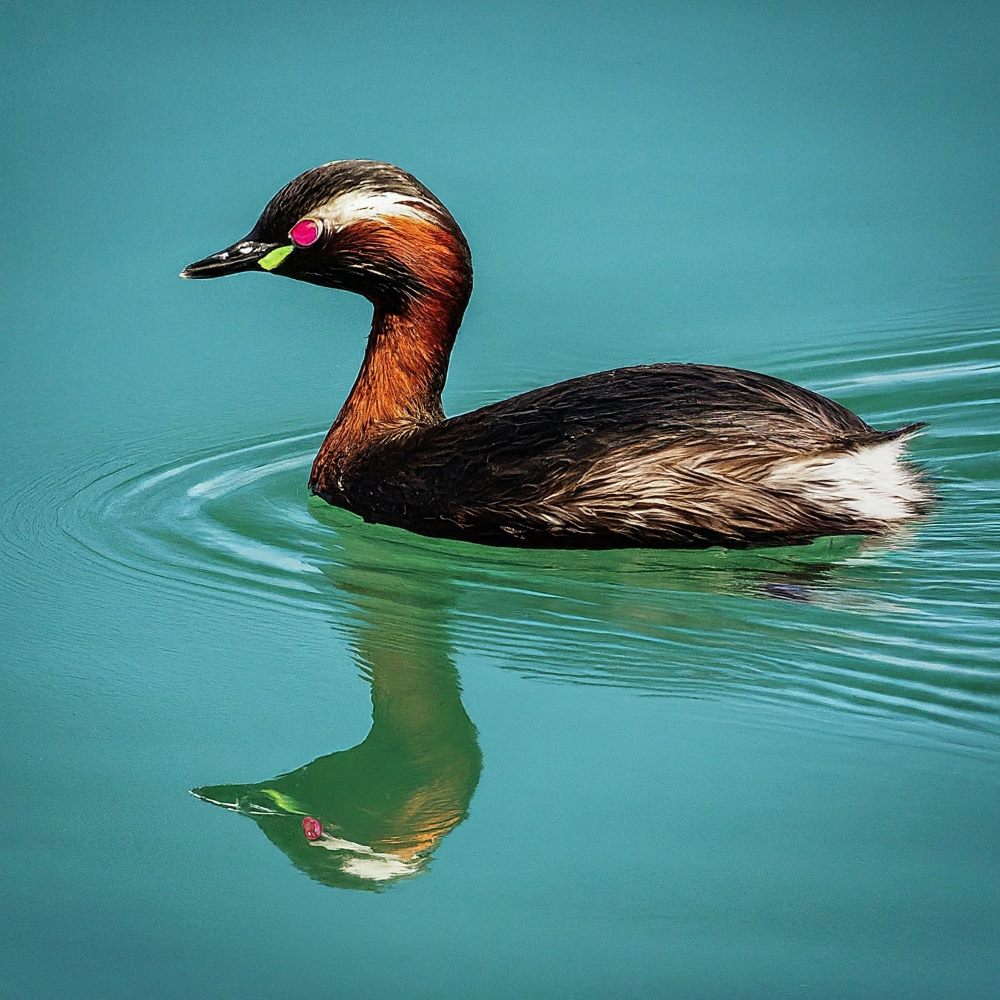
Post Contents
- 1. Alaotra Grebe: The Vanishing Waterbird of Madagascar
- 2. Baiji White Dolphin: The Yangtze River’s Lost Beauty
- 3. Bramble Cay Melomys: The First Mammal Lost to Climate Change
- 4. Carolina Parakeet: The Vibrant Parrot Silenced Forever
- 5. Deinocheirus: The Mysterious Dinosaur of Mongolia
- 6. Dodo: The Iconic Flightless Bird of Mauritius
- 7. Eurasian Auroch: The Mighty Wild Cattle of Europe
- 8. Falkland Islands Wolf: The Enigmatic Canid of the Southern Seas
- 9. Golden Toad: The Jewel of Monteverde’s Cloud Forest
- 10. Great Auk: The Majestic Seabird of the North Atlantic
- 11. Javan Tiger: The Elusive Feline of Java
- 12. Madeiran Large White: The Butterfly Lost to Habitat Destruction
- 13. Maui Akepa: The Hawaiian Bird Singing Its Last Song
- 14. Moorean Viviparous Tree Snail: The Jewel of French Polynesia
- 15. Passenger Pigeon: The Once-Abundant Avian Spectacle
- 16. Pinta Island Tortoise: Lonesome George’s Lonely Legacy
- 17. Po’ouli: The Hawaiian Honeycreeper’s Silent Song
- 18. Pyrenean Ibex: The Brief Resurgence and Ultimate Extinction
- 19. Quagga: The Southern African Mystery of Stripes
- 20. Round Island Burrowing Boa: The Unique Serpent of Mauritius
- 21. Saber-Toothed Tiger: The Iconic Predator of the Pleistocene
- 22. Smooth Handfish: The Underwater Marvel of Australia
- 23. Spix Macaw: The Blue Beauty of Brazil
- 24. Splendid Poison Frog: The Colorful Amphibian of Costa Rica
- 25. Steller’s Sea Cow: The Enormous Marine Herbivore
- 26. Tasmanian Tiger: The Elusive Marsupial Predator
- 27. Tecopa Pupfish: The Desert Survivor Lost to Habitat Alteration
- 28. The Northern White Rhinoceros: The Tragic Decline of a Giant
- 29. West African Black Rhino: The Silent Vanishing Act
- 30. Thylacine: The Elusive Marsupial Predator
- 31. Woolly Mammoth: The Ice Age Giant’s Final Roar
- 32. Yangtze River Dolphin: The Vanishing Goddess of the Yangtze
- 33. Zanzibar Leopard: The Elusive Feline of East Africa
- Conclusion
1. Alaotra Grebe: The Vanishing Waterbird of Madagascar
The Alaotra Grebe (Tachybaptus rufolavatus) was a small, flightless waterbird endemic to Lake Alaotra in Madagascar. With its distinctive red eyes and unique breeding habits, this species faced a rapid decline due to habitat loss, invasive species, and human activities such as fishing and rice cultivation. The last confirmed sighting occurred in 1985, marking the Alaotra Grebe’s tragic journey into extinction.
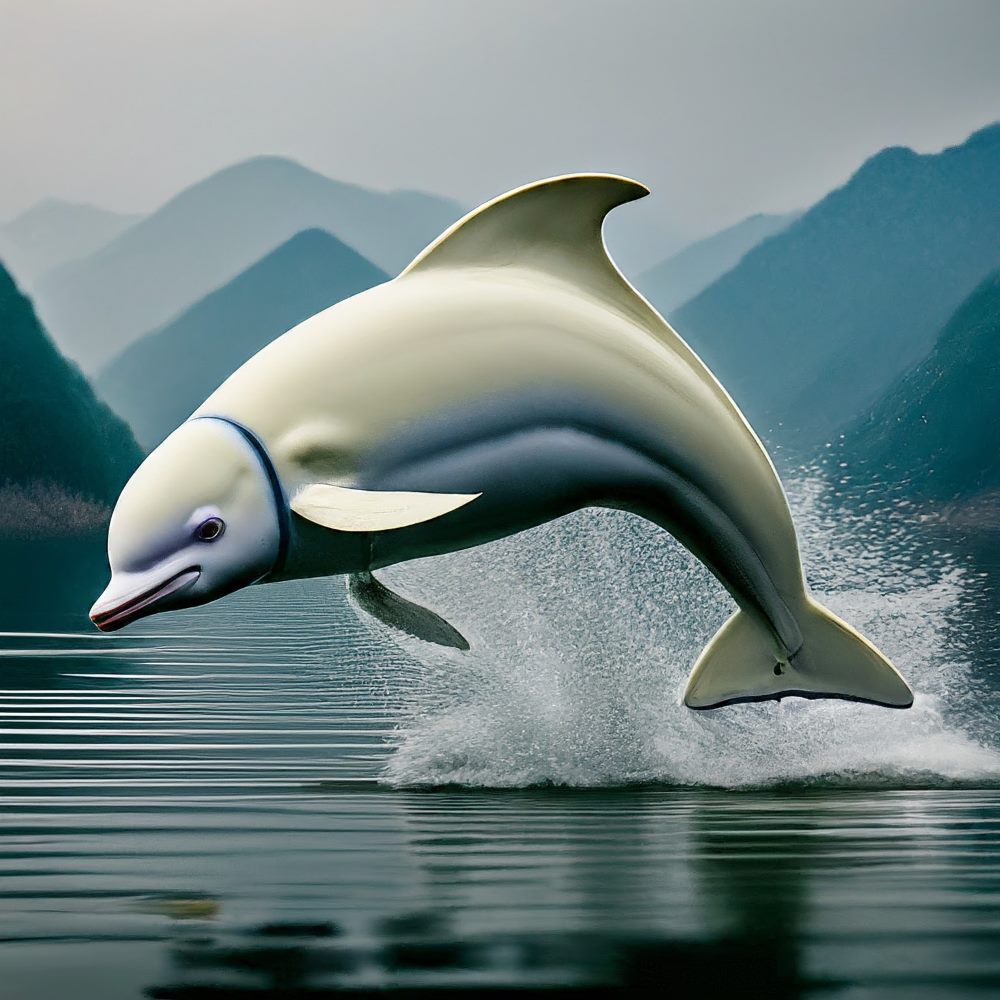
2. Baiji White Dolphin: The Yangtze River’s Lost Beauty
The Baiji White Dolphin (Lipotes vexillifer), also known as the Yangtze River Dolphin or Chinese River Dolphin, was a freshwater cetacean native to the Yangtze River in China. Revered for its pinkish-white color and long, slender body, the Baiji fell victim to habitat degradation, boat traffic, and overfishing. The last confirmed sighting was in 2002, leading to its declaration as functionally extinct, highlighting the critical importance of conservation efforts for aquatic ecosystems.
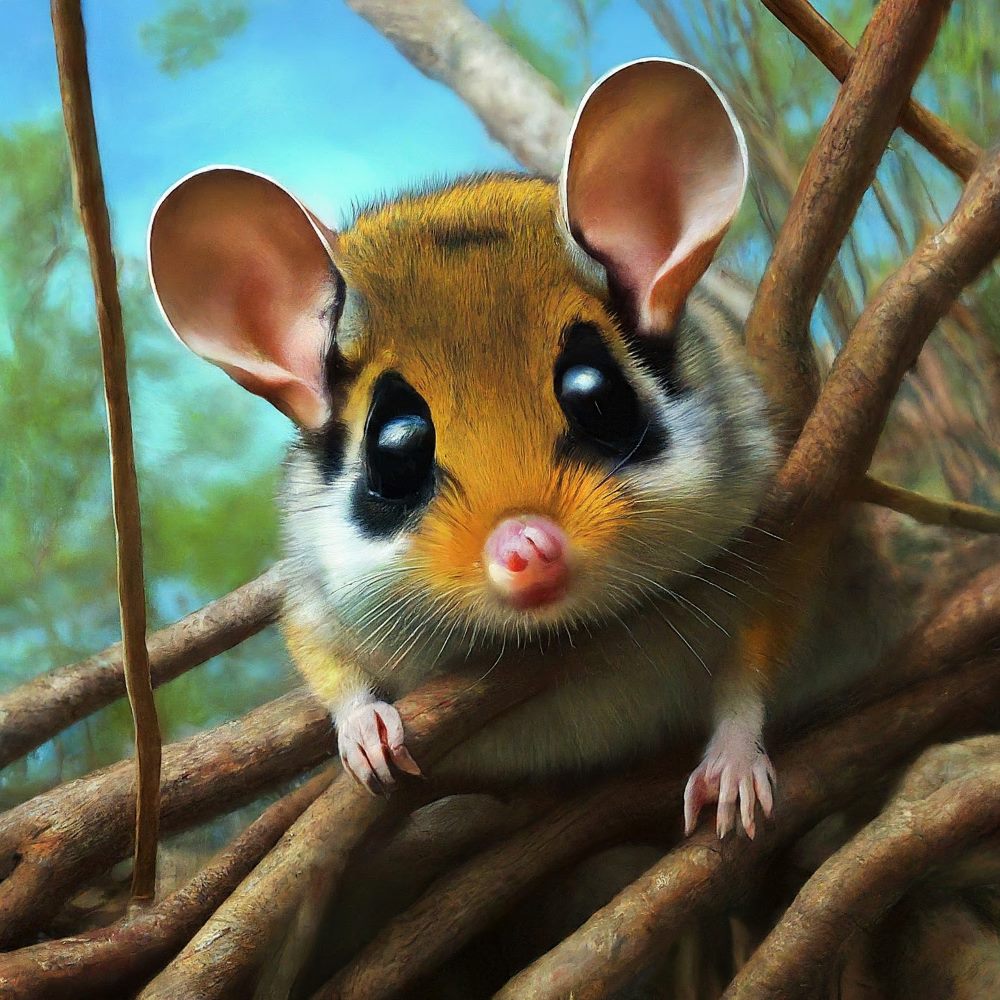
3. Bramble Cay Melomys: The First Mammal Lost to Climate Change
The Bramble Cay Melomys (Melomys rubicola), a small rodent native to Bramble Cay in the Torres Strait, became the first mammal officially declared extinct due to climate change. Rising sea levels and increased frequency of extreme weather events led to habitat loss, leaving the Melomys without sufficient resources for survival. The last recorded sighting occurred in 2009, underscoring the urgent need for climate action to prevent further losses.
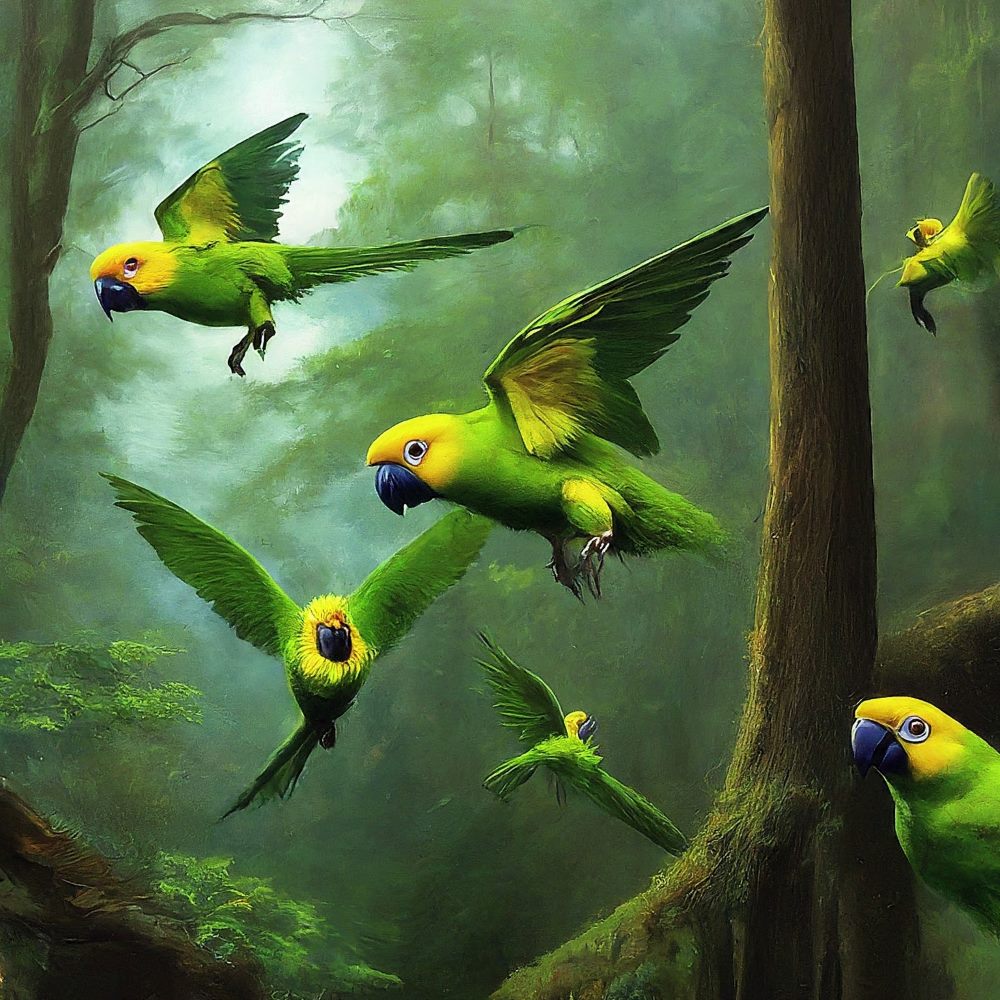
4. Carolina Parakeet: The Vibrant Parrot Silenced Forever
The Carolina Parakeet (Conuropsis carolinensis) was a colorful parrot species native to the eastern United States. Recognizable by its vibrant plumage and social behavior, this once-common bird faced rapid population decline due to habitat destruction, hunting for the pet trade, and disease transmission. The last confirmed sighting occurred in 1918, marking the extinction of a species that once graced the skies of North America.
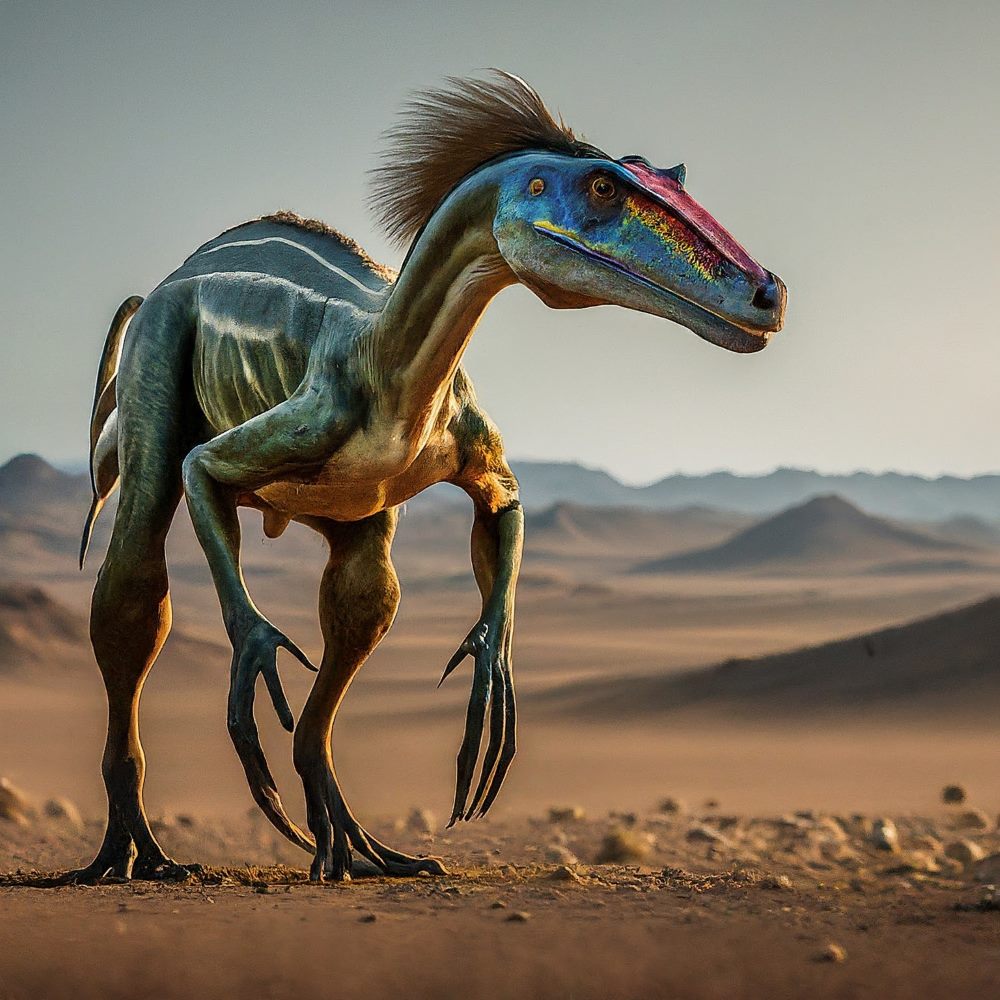
5. Deinocheirus: The Mysterious Dinosaur of Mongolia
Deinocheirus, meaning “terrible hand,” was a massive, ostrich-like dinosaur that roamed the Late Cretaceous landscapes of Mongolia. Known primarily from enigmatic fossil discoveries, Deinocheirus captivated paleontologists with its long arms and unique, spoon-shaped bill. The exact cause of its extinction remains unclear, with hypotheses ranging from environmental changes to human activities. Unraveling the mysteries of Deinocheirus serves as a reminder of the gaps in our understanding of prehistoric life.
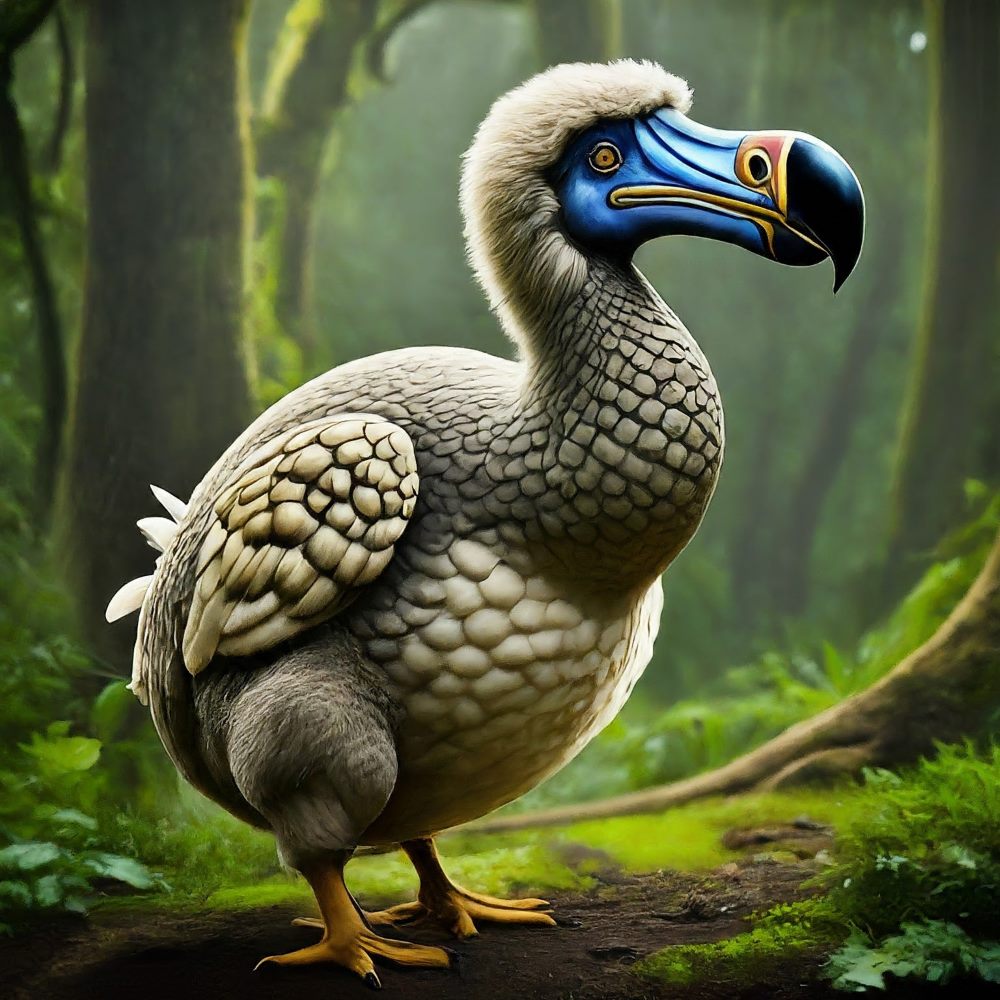
6. Dodo: The Iconic Flightless Bird of Mauritius
The Dodo (Raphus cucullatus) is perhaps the most famous symbol of extinction. Native to the island of Mauritius, this flightless bird faced rapid decline following the arrival of European sailors in the 17th century. The introduction of invasive species, habitat destruction, and overhunting led to the Dodo’s extinction by the late 17th century. Today, the Dodo stands as a cautionary tale of the human impact on vulnerable island ecosystems.
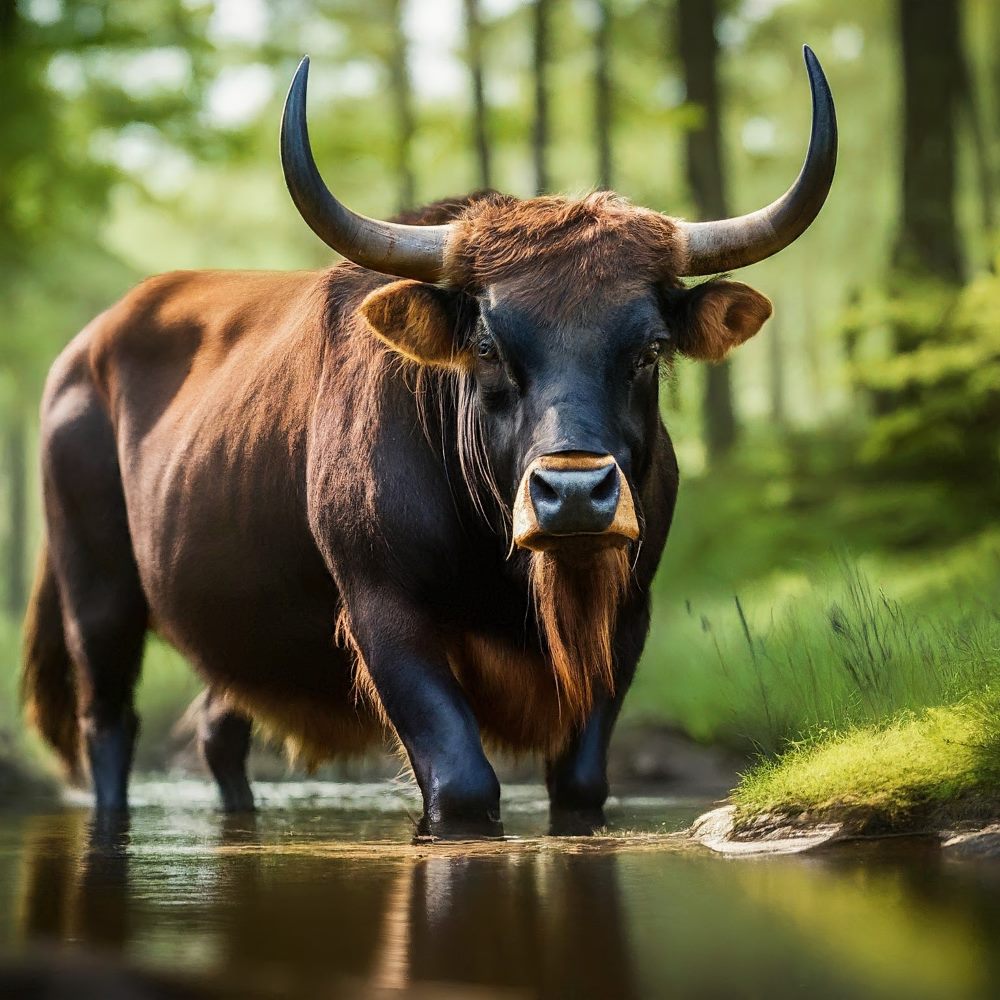
7. Eurasian Auroch: The Mighty Wild Cattle of Europe
The Eurasian Auroch (Bos primigenius primigenius) was a massive, wild cattle species that once roamed the grasslands of Europe. A symbol of strength and vitality, the Auroch faced relentless hunting and habitat loss, leading to its extinction by the early 17th century. Selective breeding attempts in the 20th century aimed to revive the Auroch’s lineage, resulting in a breed known as Heck cattle. The loss of the wild Auroch highlights the delicate balance between human needs and conservation efforts.
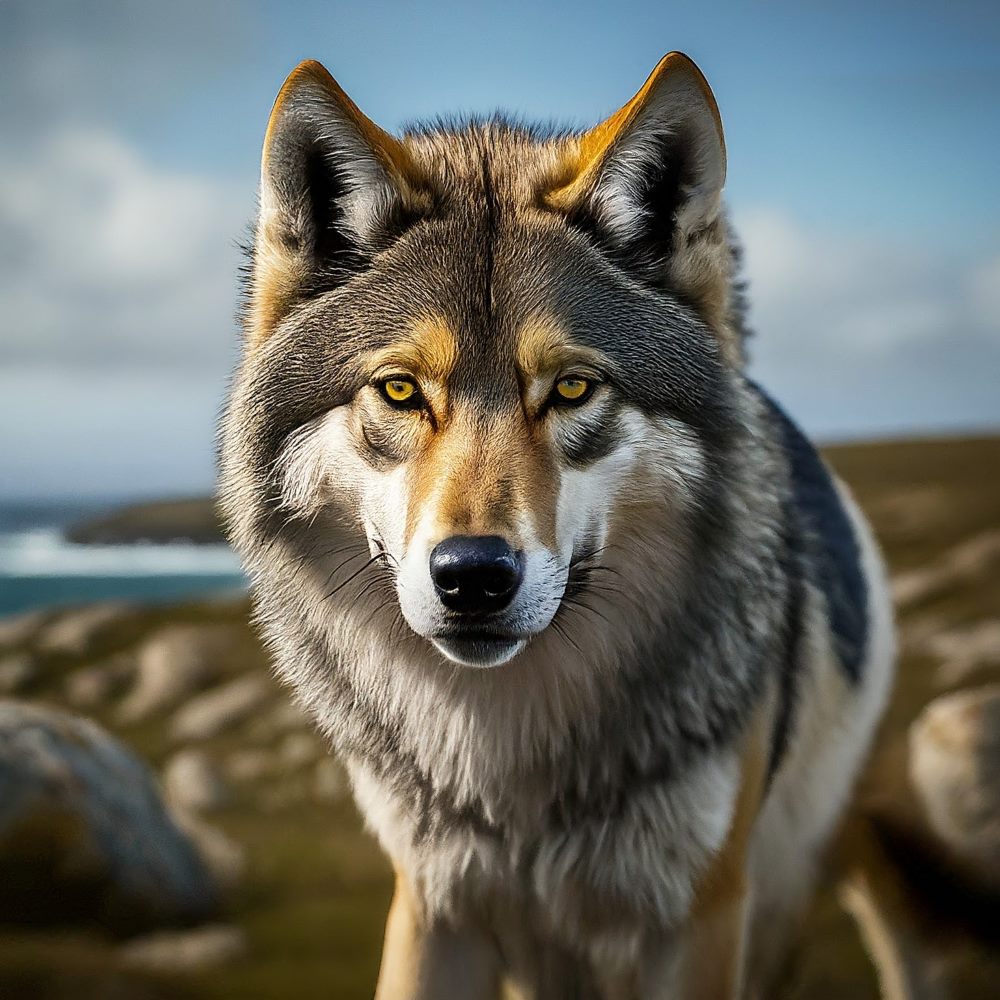
8. Falkland Islands Wolf: The Enigmatic Canid of the Southern Seas
The Falkland Islands Wolf (Dusicyon australis), also known as the warrah, was the only native land mammal on the Falkland Islands. Unique in its isolation, this canid faced extinction due to introduced predators, habitat destruction, and hunting by sailors. The last known individual perished in 1876, marking the end of a species that once thrived in the remote reaches of the Southern Hemisphere.
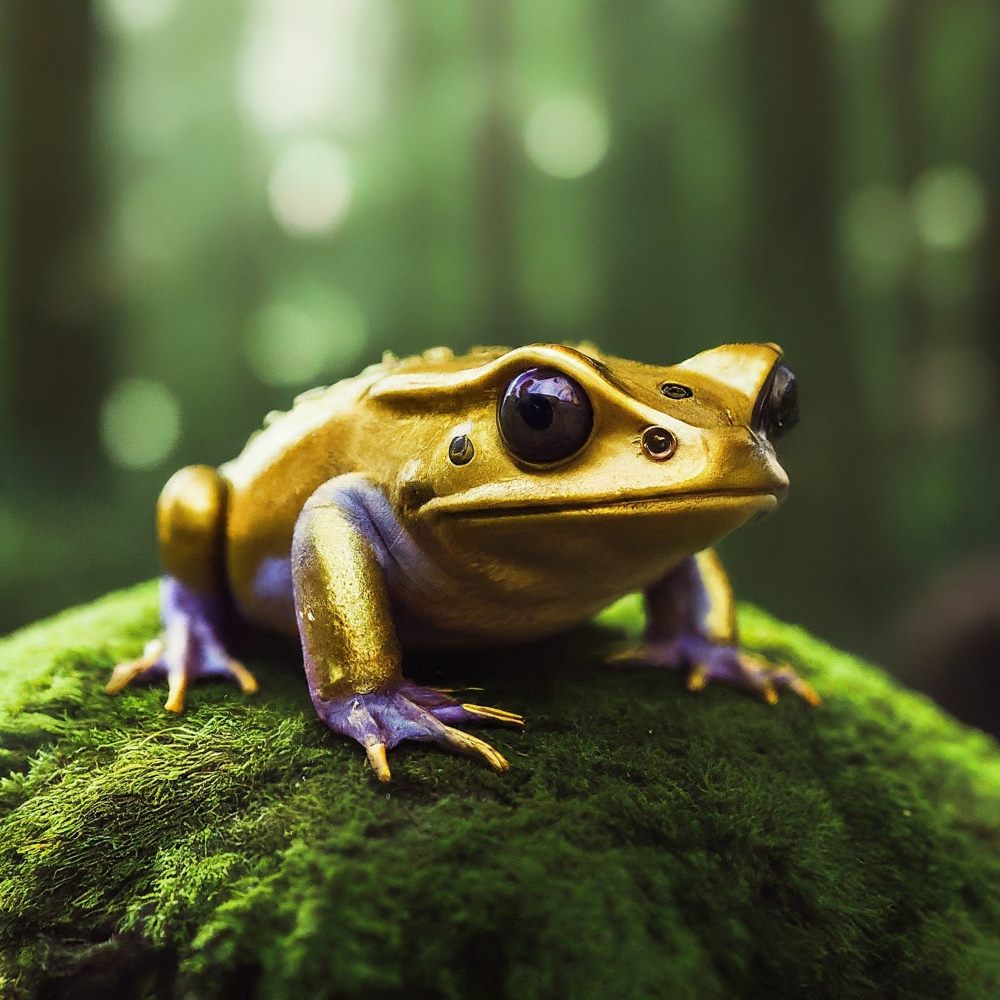
9. Golden Toad: The Jewel of Monteverde’s Cloud Forest
The Golden Toad (Incilius periglenes) was a dazzling amphibian species native to the cloud forests of Monteverde, Costa Rica. Recognized for its vibrant orange coloration, this toad faced a mysterious and rapid decline in the late 1980s. Climate change, habitat loss, and a potential fungal pathogen were implicated in its extinction. The Golden Toad’s disappearance serves as a poignant example of the vulnerability of amphibians to environmental changes.
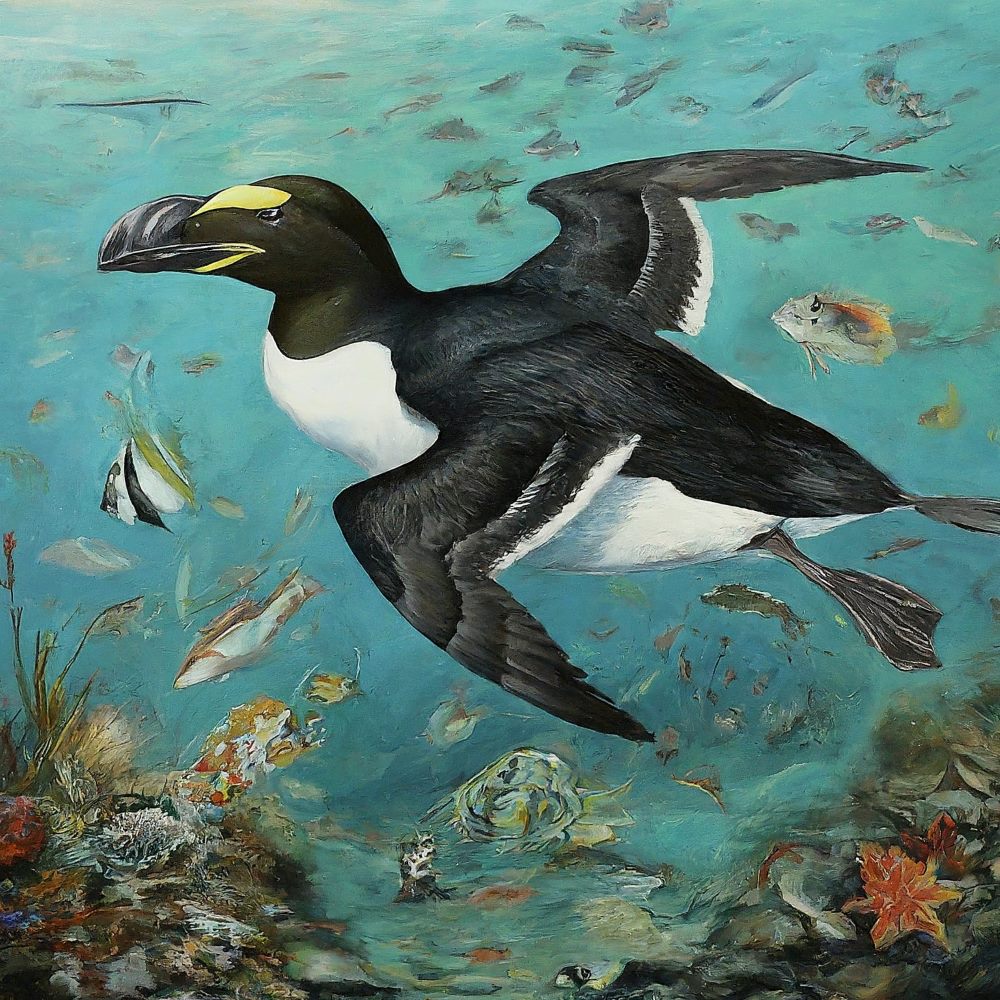
10. Great Auk: The Majestic Seabird of the North Atlantic
The Great Auk (Pinguinus impennis) was a large, flightless seabird that inhabited the North Atlantic’s frigid waters. Renowned for its distinctive appearance and inability to fly, the Great Auk faced exploitation for its feathers, meat, and oil. The last known breeding pair was killed in 1844, marking the end of a species that once thrived along the coastlines of the northern hemisphere.
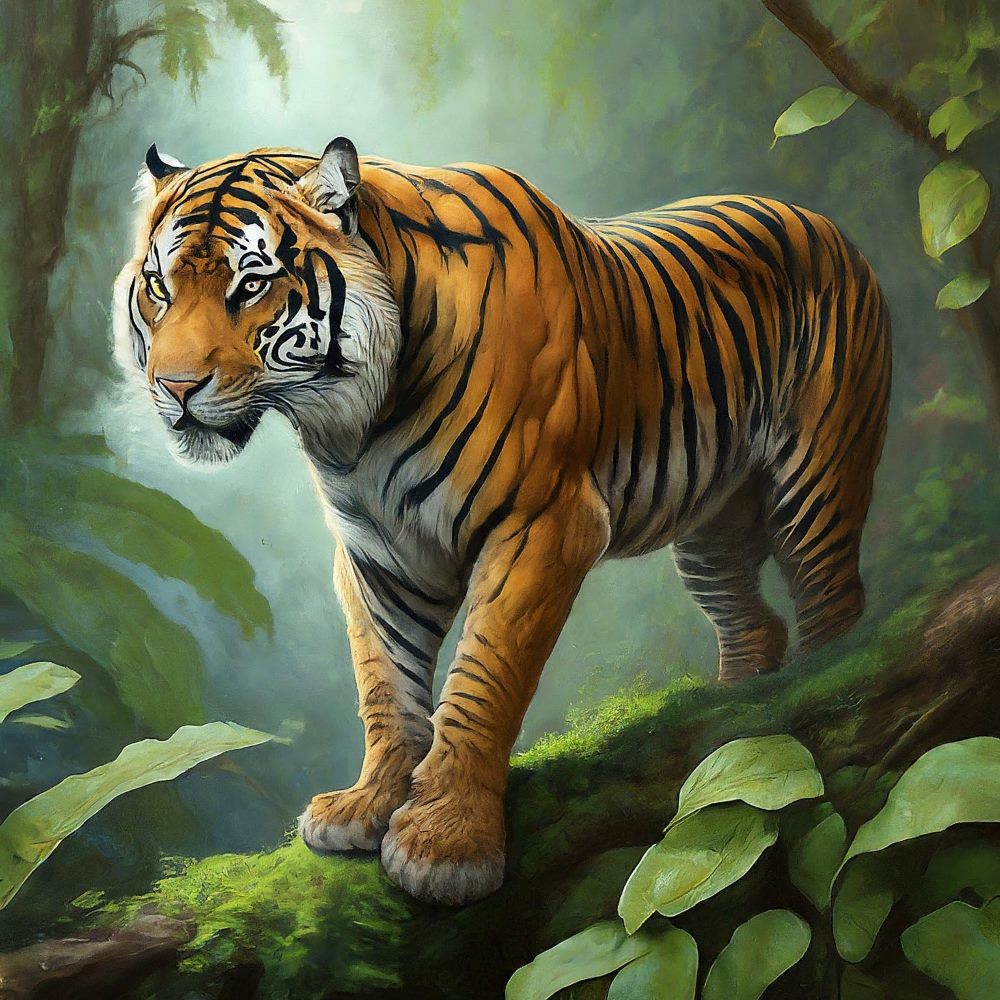
11. Javan Tiger: The Elusive Feline of Java
The Javan Tiger (Panthera tigris sondaica) was a distinct tiger subspecies native to the Indonesian island of Java. Recognized for its smaller size and dark, dense coat, this tiger faced habitat loss, human-wildlife conflict, and hunting. The last confirmed sighting occurred in the mid-1970s, leading to its official classification as extinct. The Javan Tiger’s disappearance highlights the ongoing threats faced by big cat populations and the importance of conservation measures.
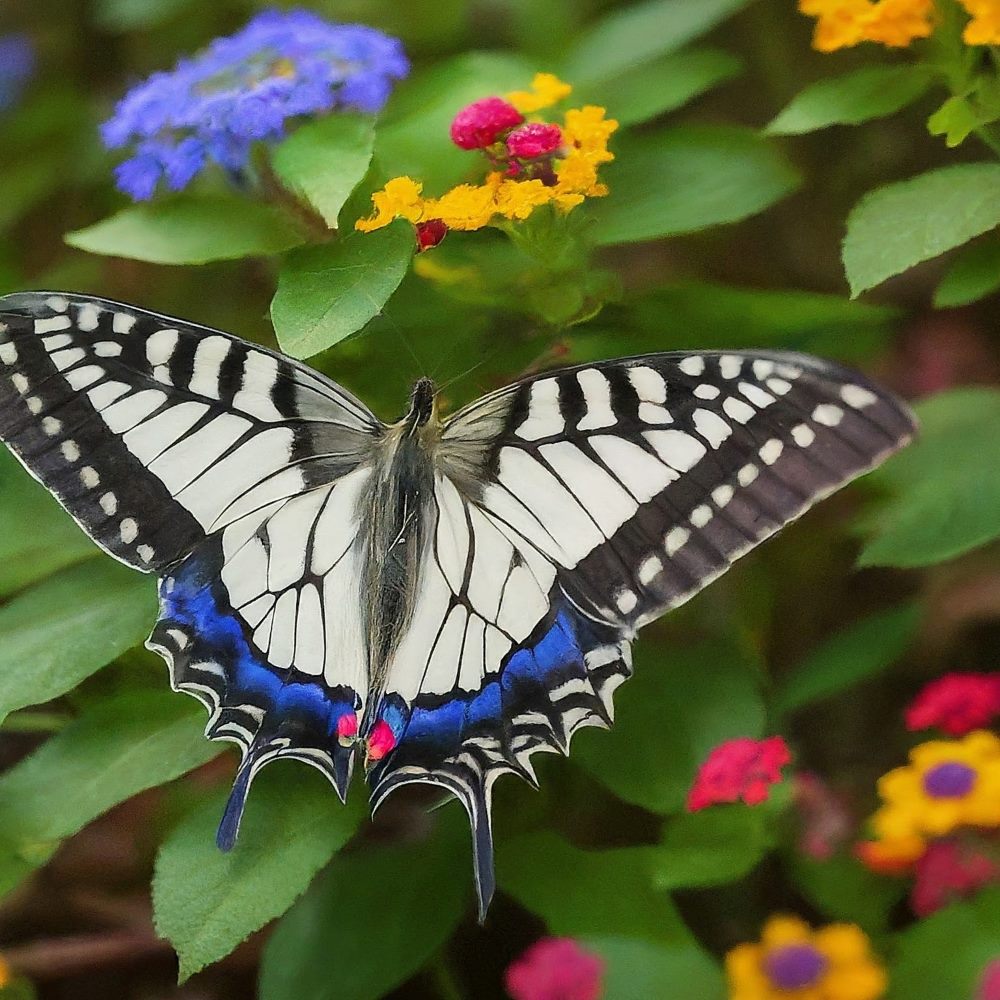
12. Madeiran Large White: The Butterfly Lost to Habitat Destruction
The Madeiran Large White (Pieris brassicae wollastoni) was a large butterfly species endemic to the island of Madeira. Unique in its adaptation to the island’s environment, this butterfly faced habitat destruction and competition with introduced species. The last known sighting occurred in 1992, marking the loss of a species intricately linked to the ecological balance of Madeira’s ecosystems.
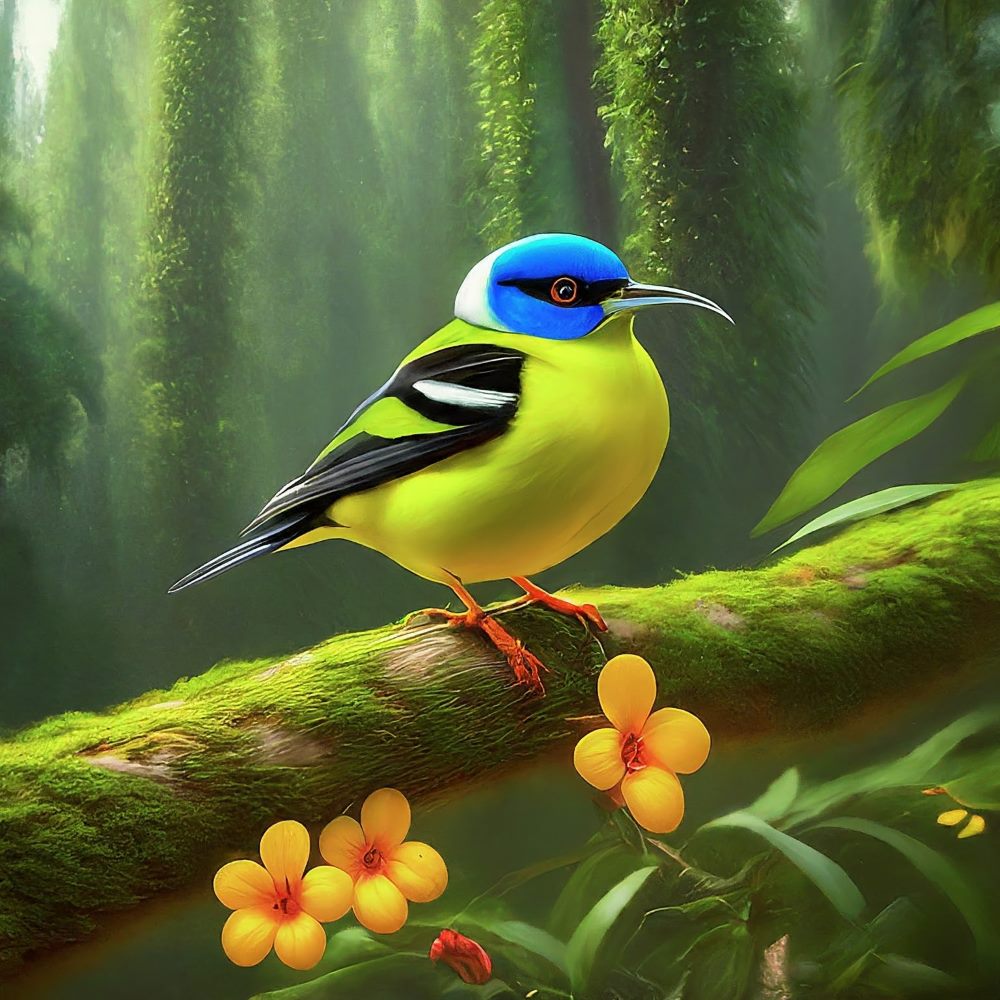
13. Maui Akepa: The Hawaiian Bird Singing Its Last Song
The Maui Akepa (Loxops coccineus ochraceus) was a small, songbird endemic to the island of Maui in Hawaii. Recognized for its vibrant plumage and distinctive song, this bird faced habitat loss, invasive species, and disease. The last confirmed sighting occurred in 1988, marking the end of a species that once added its melodic notes to Hawaii’s unique avian chorus.
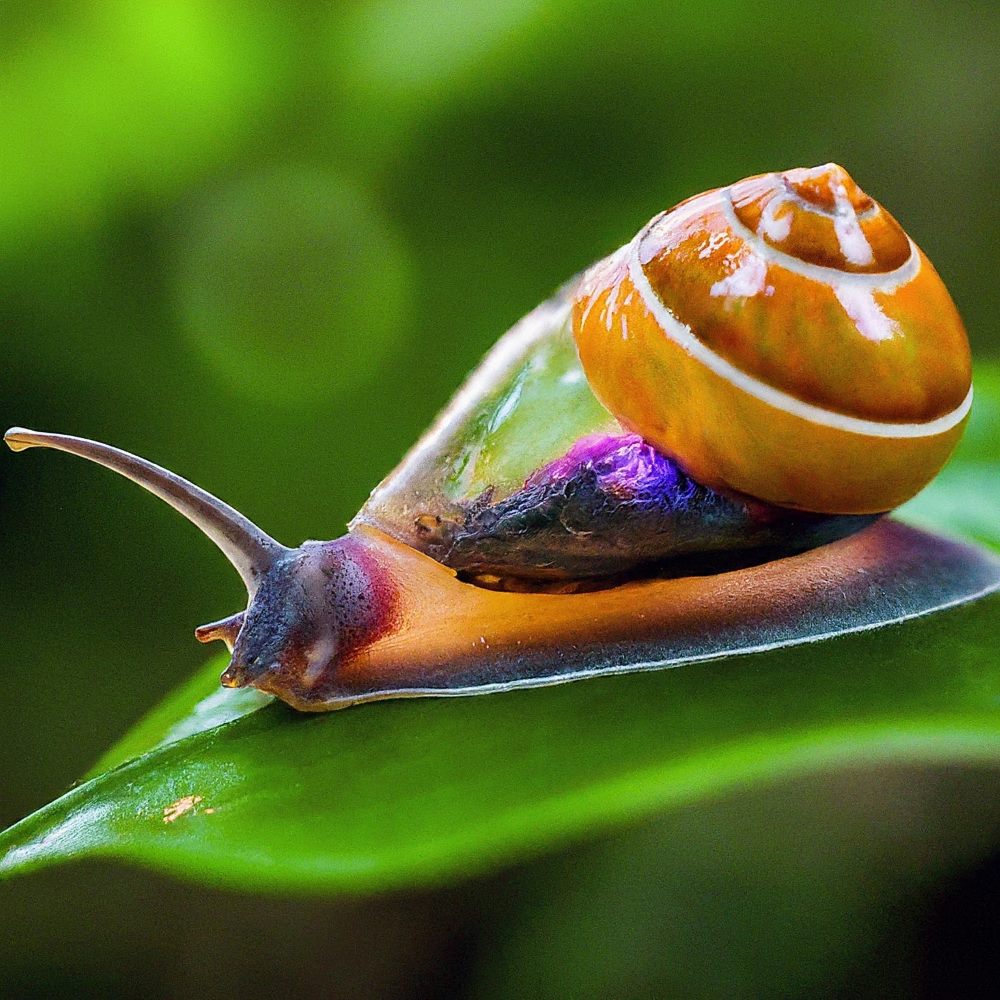
14. Moorean Viviparous Tree Snail: The Jewel of French Polynesia
The Moorean Viviparous Tree Snail (Partula taeniata), native to the island of Moorea in French Polynesia, was known for its striking coloration and unique reproductive strategy. Rapid decline occurred due to habitat destruction, introduced predators, and over-collection by scientists. Conservation efforts, including captive breeding, were initiated, but several species are believed to be extinct. The Moorean Viviparous Tree Snail’s plight emphasizes the challenges faced by island species in the face of human-induced changes.
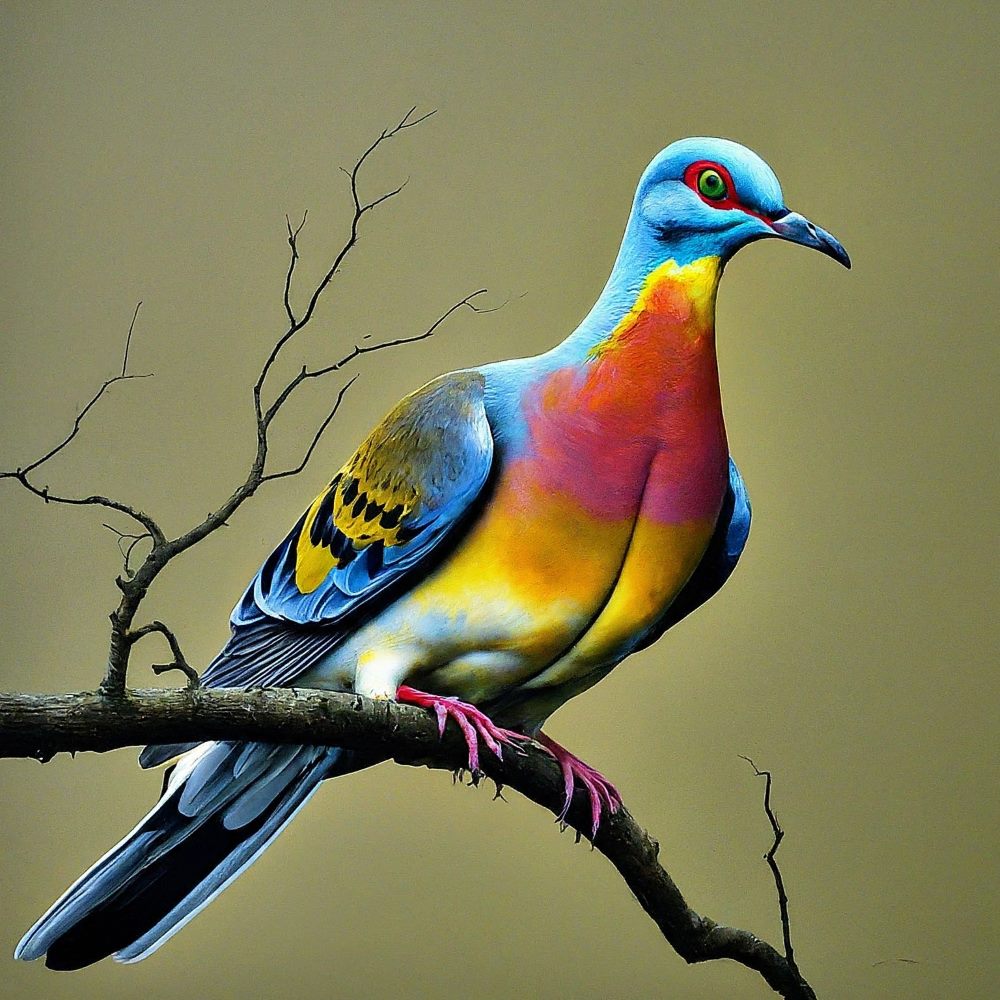
15. Passenger Pigeon: The Once-Abundant Avian Spectacle
The Passenger Pigeon (Ectopistes migratorius) was a bird species native to North America known for its immense flocks and migratory patterns. Habitat destruction, hunting on an industrial scale, and market demand for its meat led to a rapid population decline. The last known individual, Martha, died in captivity in 1914, marking the extinction of a species that once darkened the skies with its sheer numbers.
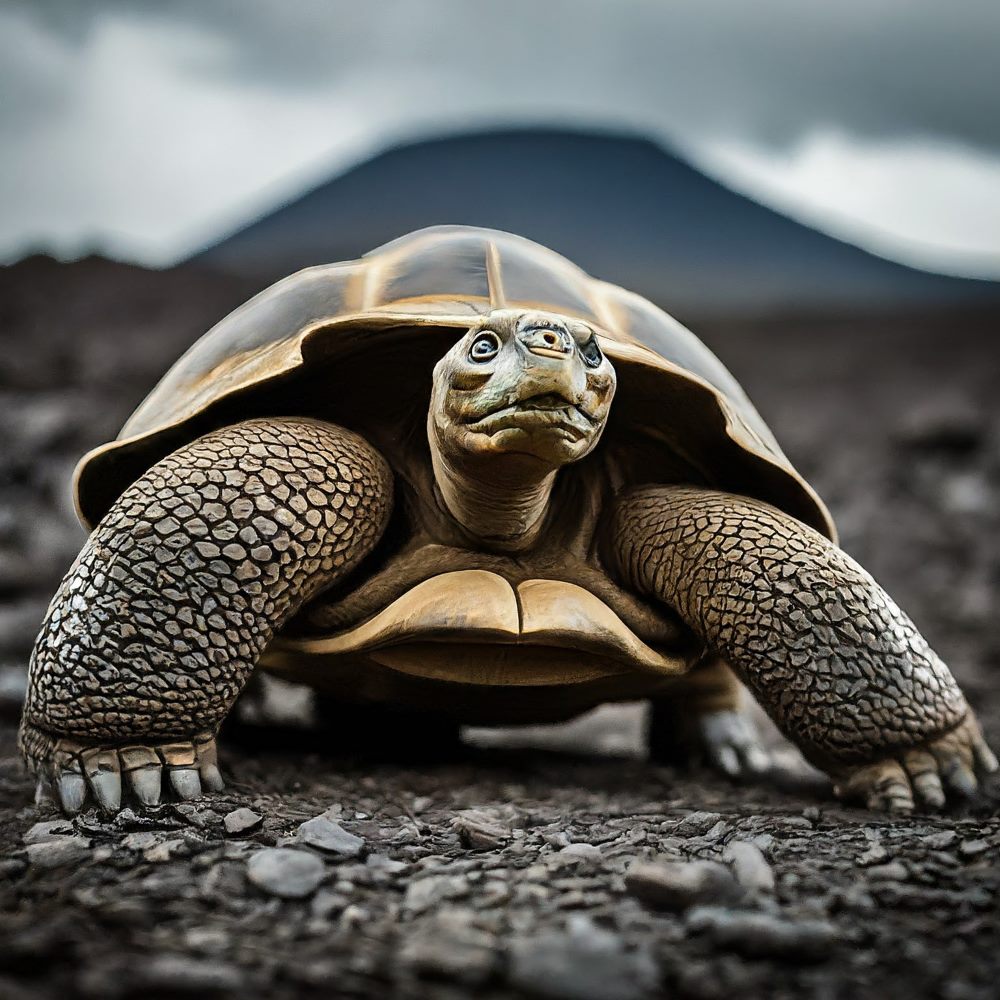
16. Pinta Island Tortoise: Lonesome George’s Lonely Legacy
The Pinta Island Tortoise (Chelonoidis abingdoni) was a giant tortoise species native to Pinta Island in the Galápagos archipelago. Known for its impressive size and distinctive shell shape, this tortoise faced habitat degradation, invasive species, and overharvesting by sailors. The last known individual, Lonesome George, died in 2012 without producing offspring, marking the end of a species and underscoring the vulnerability of island endemics.
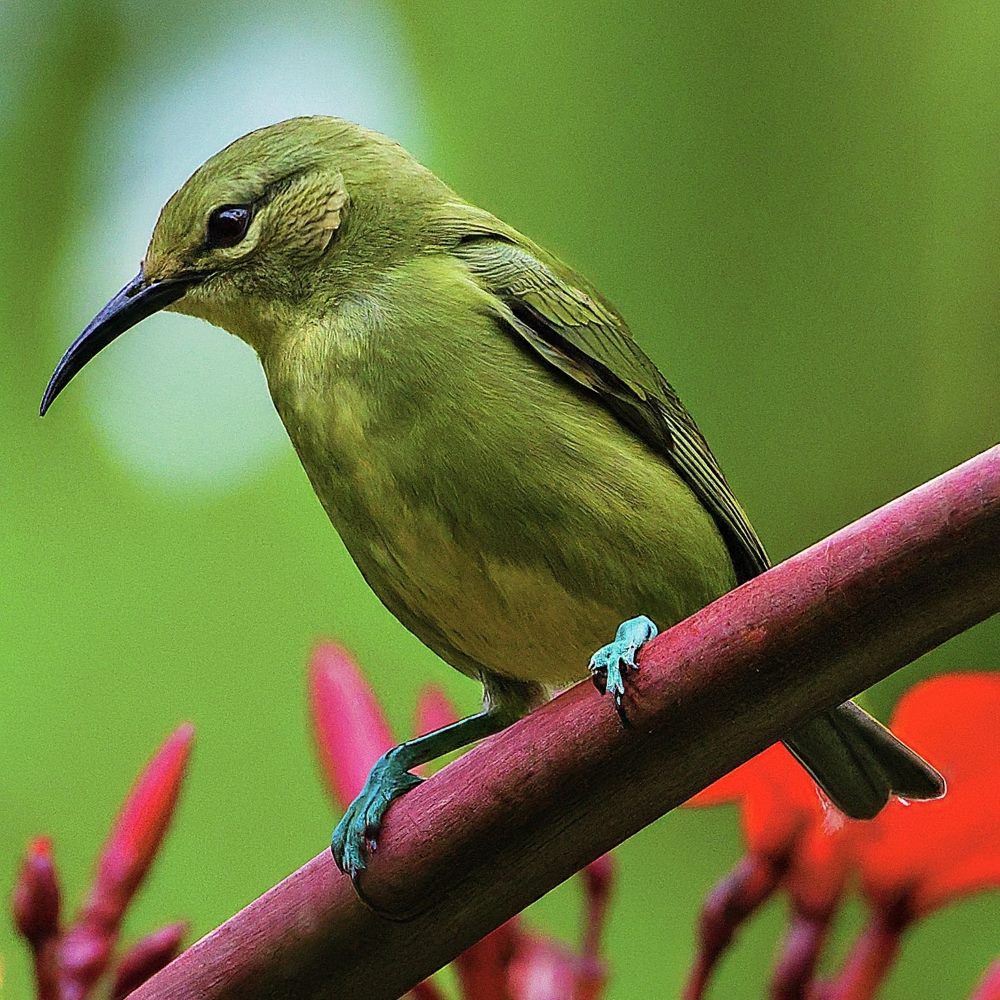
17. Po’ouli: The Hawaiian Honeycreeper’s Silent Song
The Po’ouli (Melamprosops phaeosoma) was a critically endangered bird species native to the island of Maui in Hawaii. Unique in its appearance and behavior, the Po’ouli faced habitat loss, disease, and invasive species. The last confirmed sighting occurred in 2004, marking the extinction of a species that once contributed to Hawaii’s rich biodiversity.
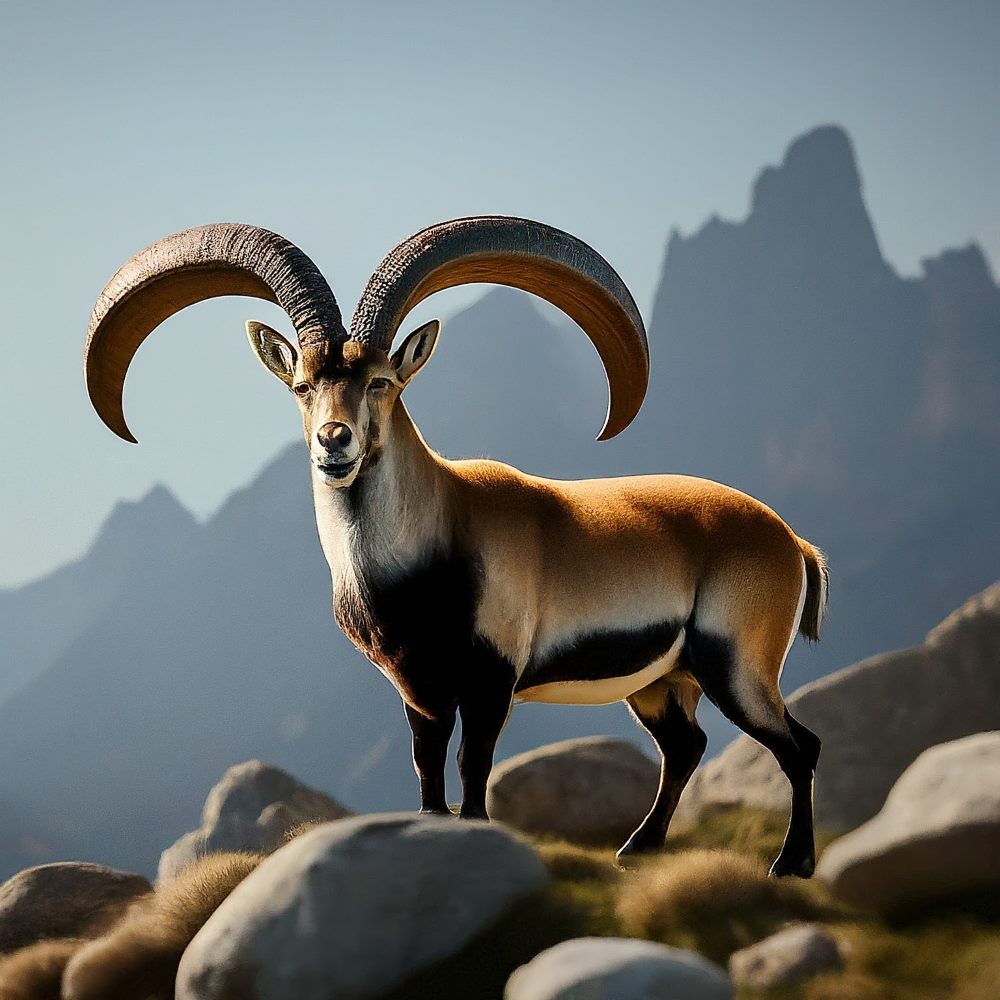
18. Pyrenean Ibex: The Brief Resurgence and Ultimate Extinction
The Pyrenean Ibex (Capra pyrenaica pyrenaica), also known as the bucardo, was a subspecies of wild goat native to the Pyrenees mountains. Despite conservation efforts, the last known individual died in 2000, making the Pyrenean Ibex the first extinct animal to be cloned. While the cloning attempt briefly revived the species, the clone died shortly after birth, highlighting the complexities and challenges of conservation through advanced reproductive technologies.
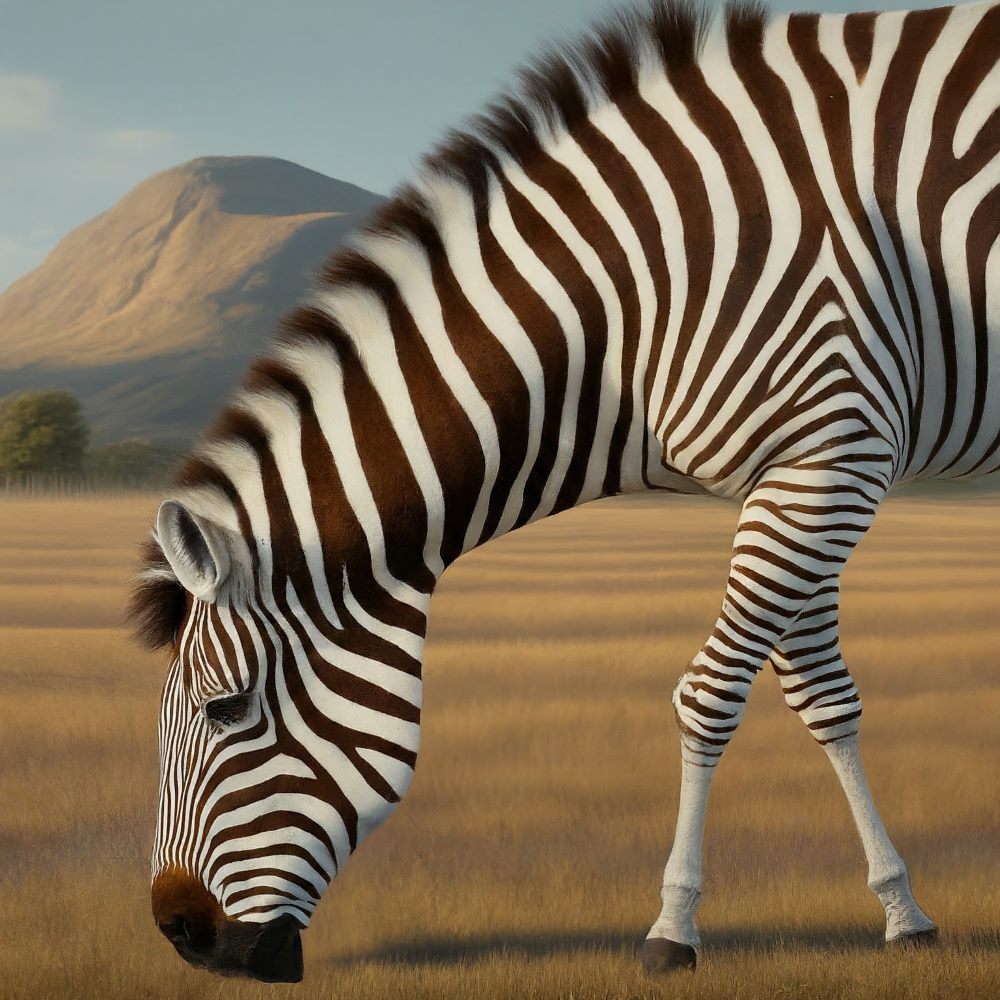
19. Quagga: The Southern African Mystery of Stripes
The Quagga (Equus quagga quagga) was a subspecies of the Plains Zebra native to Southern Africa. Recognized for its unique coat pattern featuring stripes only on the front part of its body, the Quagga faced overhunting and habitat loss. The last known individual died in captivity in 1883, marking the extinction of a species that once roamed the grasslands of South Africa.
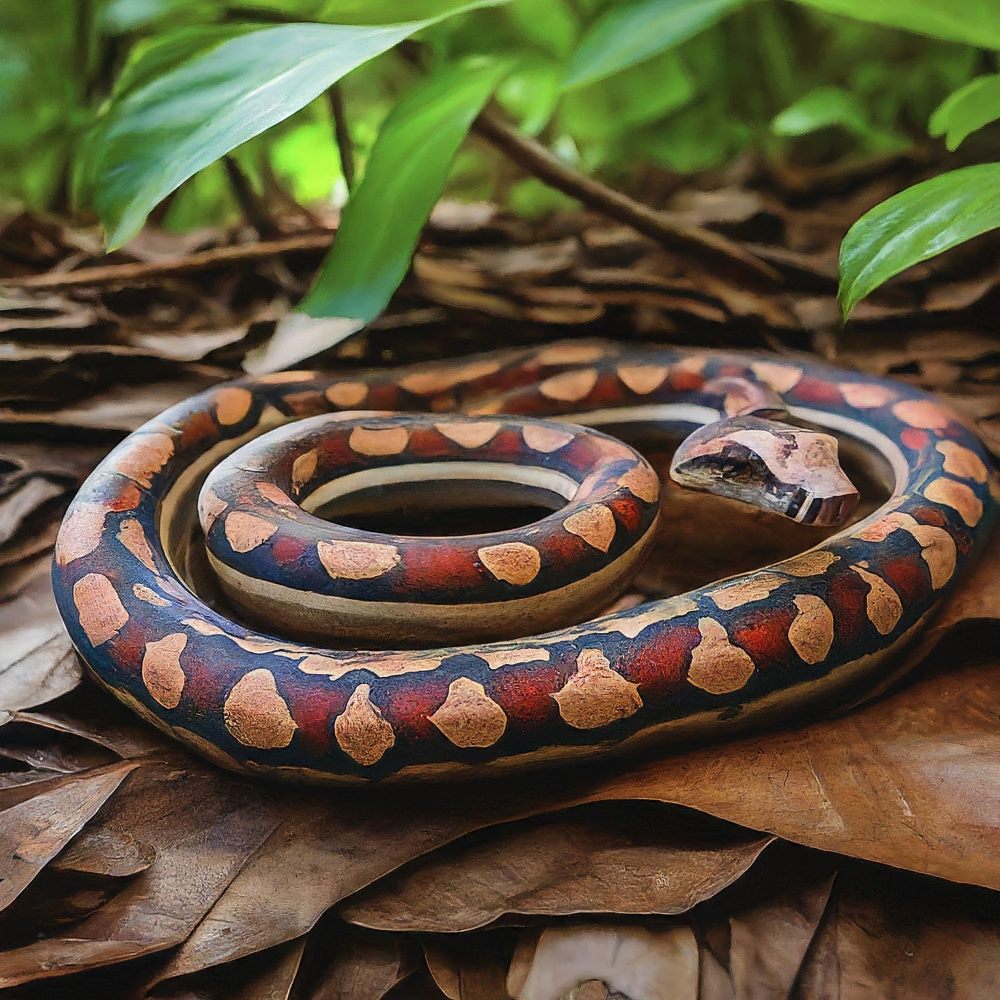
20. Round Island Burrowing Boa: The Unique Serpent of Mauritius
The Round Island Burrowing Boa (Bolyeria multocarinata), native to Round Island in Mauritius, was a distinctive snake known for its burrowing habits and cryptic coloration. Habitat destruction, introduced species, and predation led to its decline. The last confirmed sighting occurred in the early 1970s, marking the loss of a species intricately connected to the island’s ecosystem.
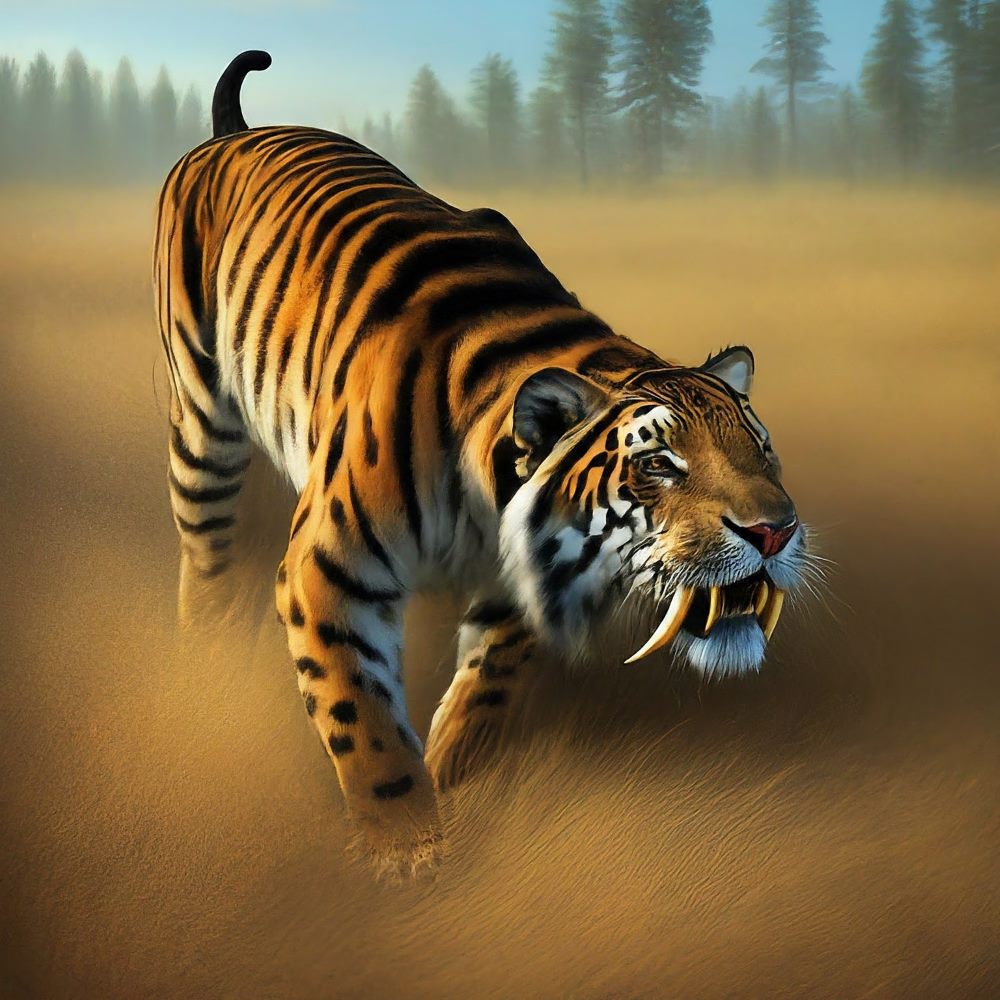
21. Saber-Toothed Tiger: The Iconic Predator of the Pleistocene
The Saber-Toothed Tiger, scientifically known as Smilodon, was a group of large, predatory mammals that roamed the Earth during the Pleistocene epoch. Recognized for their elongated, saber-like canine teeth, these predators faced challenges such as changing ecosystems and competition with other large carnivores. While not true tigers, Smilodons left an indelible mark on prehistoric landscapes before facing extinction around 10,000 years ago.
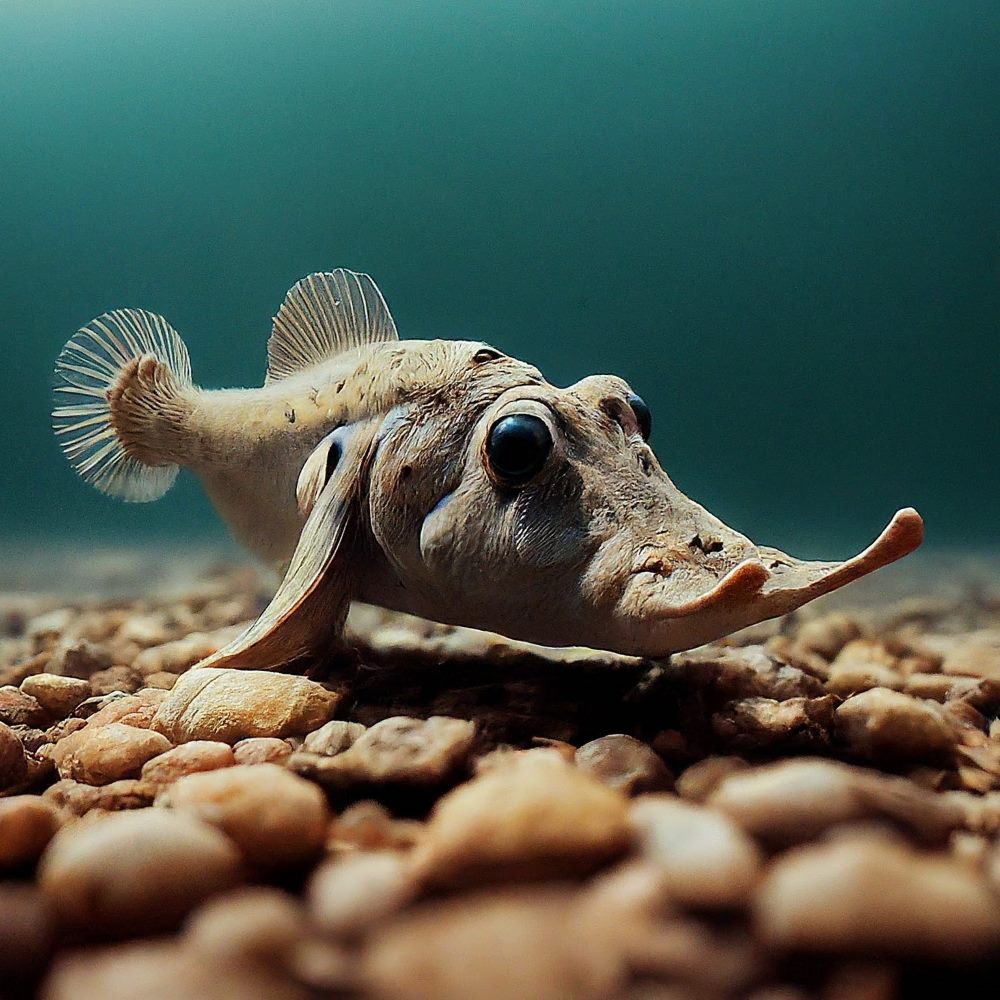
22. Smooth Handfish: The Underwater Marvel of Australia
The Smooth Handfish (Sympterichthys unipennis) was a unique marine species endemic to the waters of Tasmania and southeastern Australia. Characterized by its hand-like pectoral fins and benthic lifestyle, this fish faced habitat destruction and declining water quality. The last confirmed sighting occurred in 1802, marking the extinction of a species that once added to the underwater biodiversity of Australia.
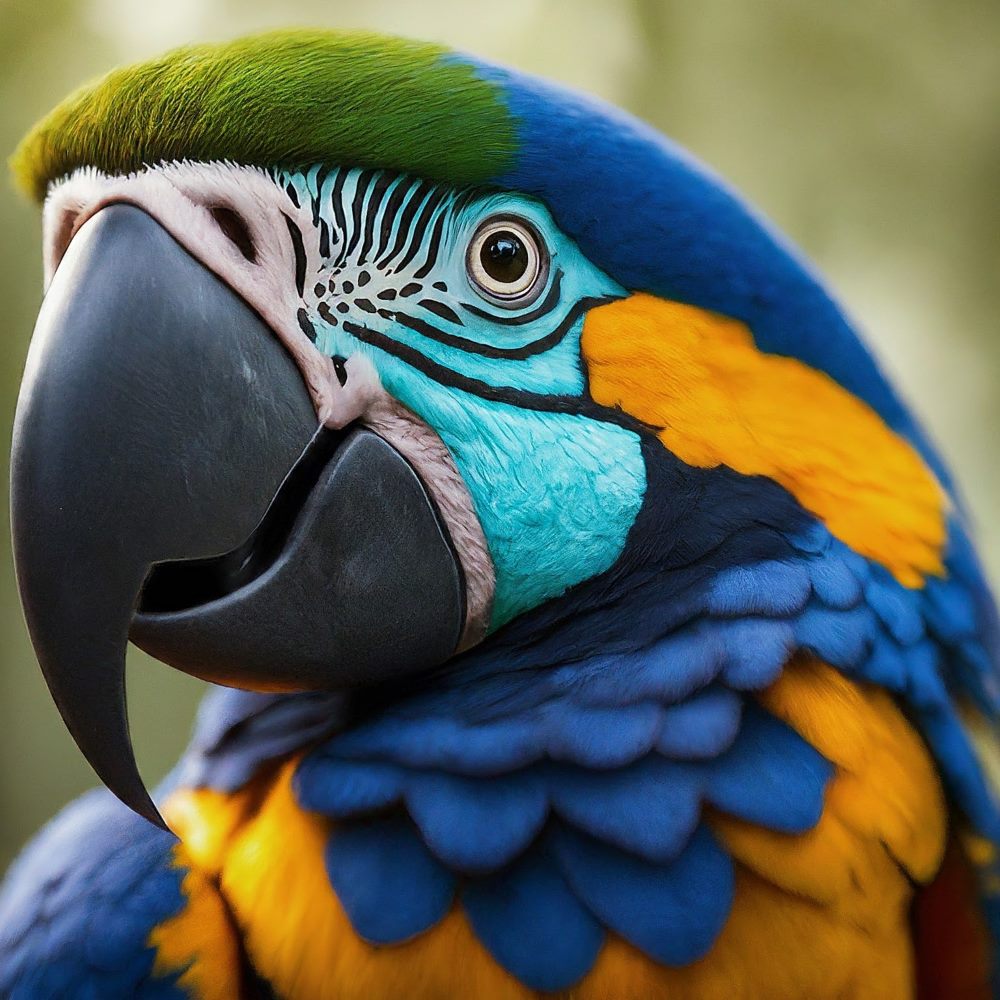
23. Spix Macaw: The Blue Beauty of Brazil
The Spix Macaw (Cyanopsitta spixii), also known as the Little Blue Macaw, was a striking parrot species native to Brazil. Recognized for its vibrant blue plumage, this bird faced habitat loss and capture for the pet trade. The last known wild individual disappeared in 2000, and conservation efforts are underway to reintroduce captive-bred Spix Macaws into their native habitat.

24. Splendid Poison Frog: The Colorful Amphibian of Costa Rica
The Splendid Poison Frog (Oophaga speciosa) was a vibrant amphibian species native to the rainforests of Costa Rica. Recognized for its colorful and toxic skin, this frog faced habitat destruction and the illegal pet trade. The last confirmed sighting occurred in the 1980s, marking the extinction of a species that once contributed to the ecological diversity of Central America.
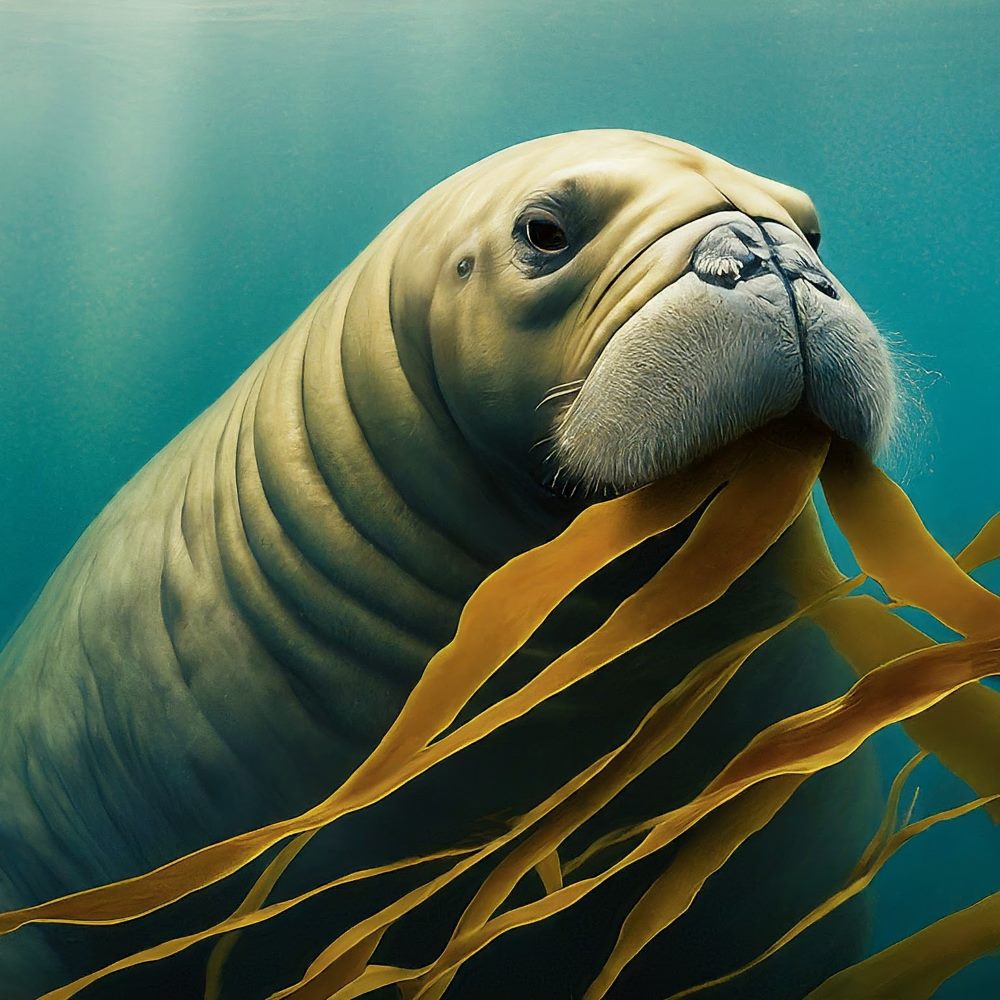
25. Steller’s Sea Cow: The Enormous Marine Herbivore
Steller’s Sea Cow (Hydrodamalis gigas) was a massive marine mammal that once inhabited the waters of the Bering Sea. Recognized for its size and herbivorous diet, this sea cow faced rapid decline due to overhunting by sailors in the 18th century. The last known individual was killed in 1768, marking the extinction of a species that once played a unique role in shaping the coastal ecosystems of the North Pacific.
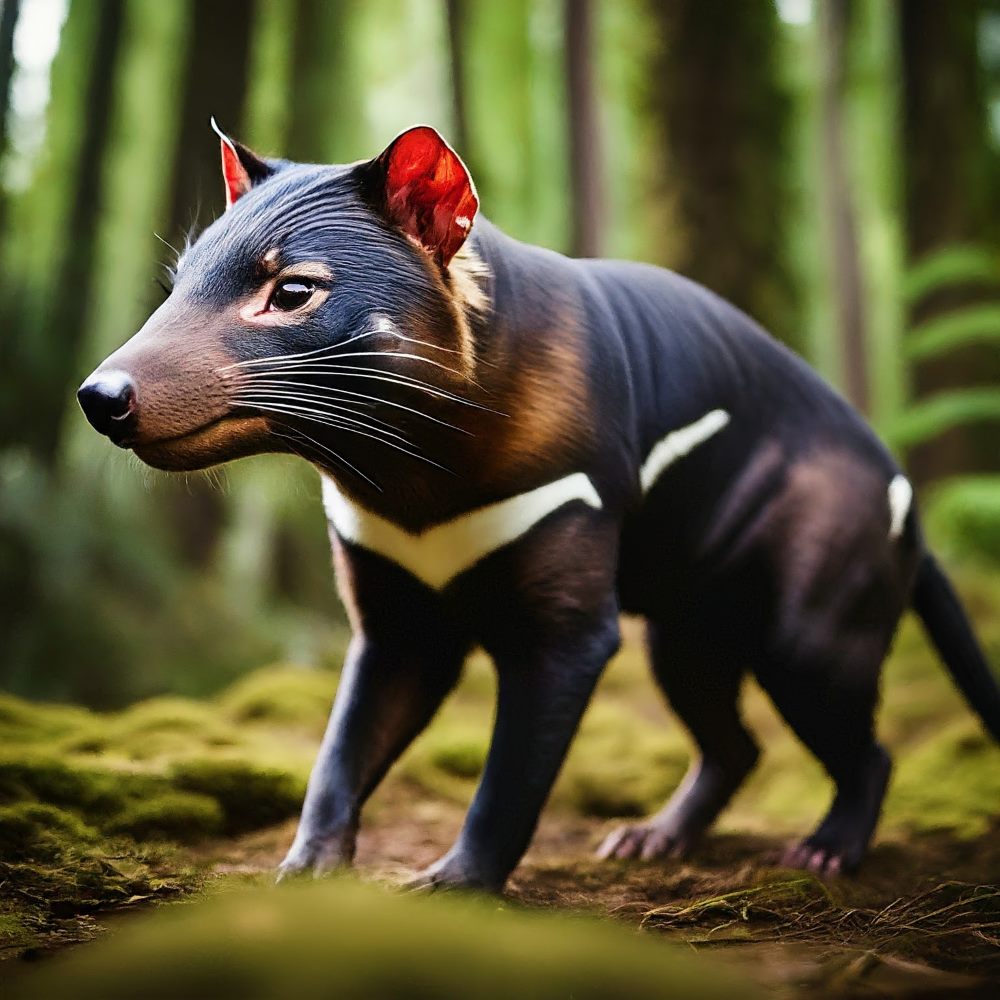
26. Tasmanian Tiger: The Elusive Marsupial Predator
The Tasmanian Tiger, or Thylacine (Thylacinus cynocephalus), was a carnivorous marsupial native to Tasmania and mainland Australia. Recognized for its dog-like appearance and distinctive stripes, the Thylacine faced habitat destruction, hunting, and disease transmission. The last known individual died in captivity in 1936, marking the extinction of a species that once occupied a unique ecological niche.
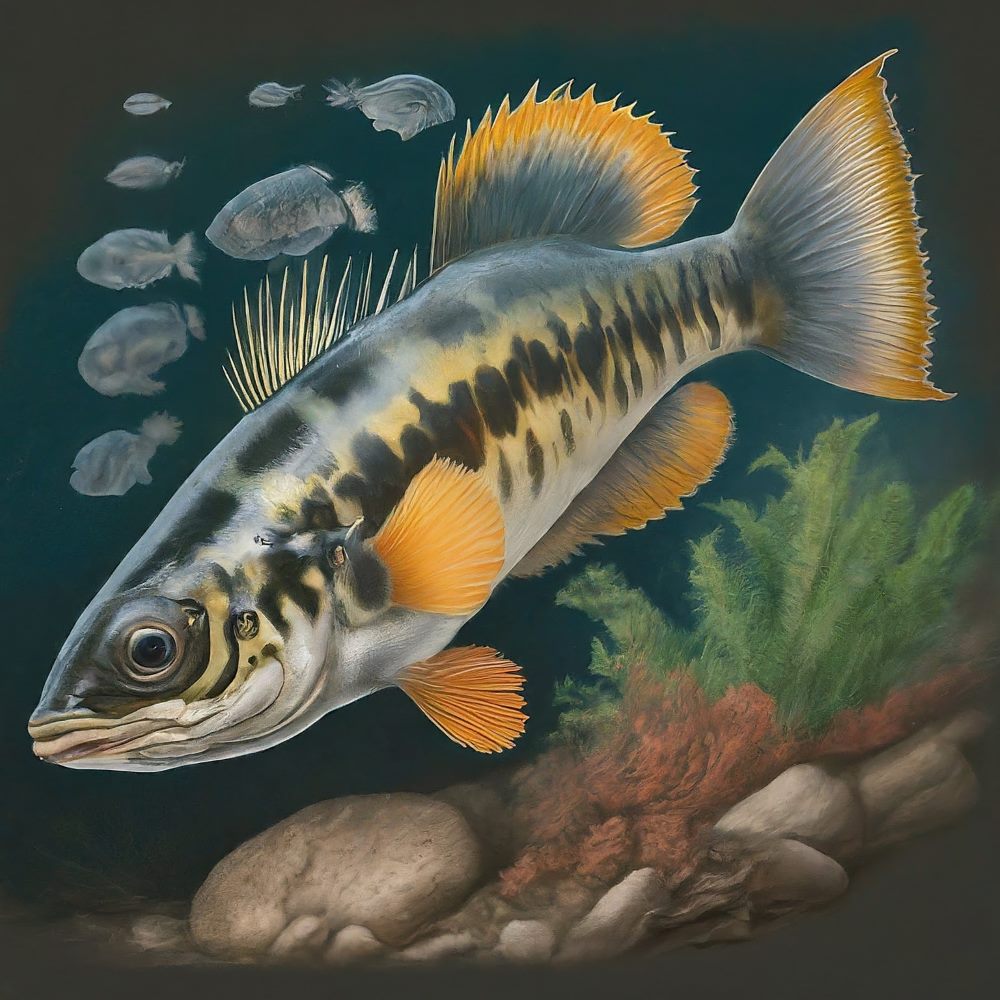
27. Tecopa Pupfish: The Desert Survivor Lost to Habitat Alteration
The Tecopa Pupfish (Cyprinodon nevadensis calidae) was a small fish species endemic to the hot springs of Tecopa in California. Adapted to extreme temperature fluctuations, this pupfish faced habitat alteration and invasive species. The last confirmed sighting occurred in the 1970s, marking the extinction of a species that once thrived in the unique desert ecosystems of North America.
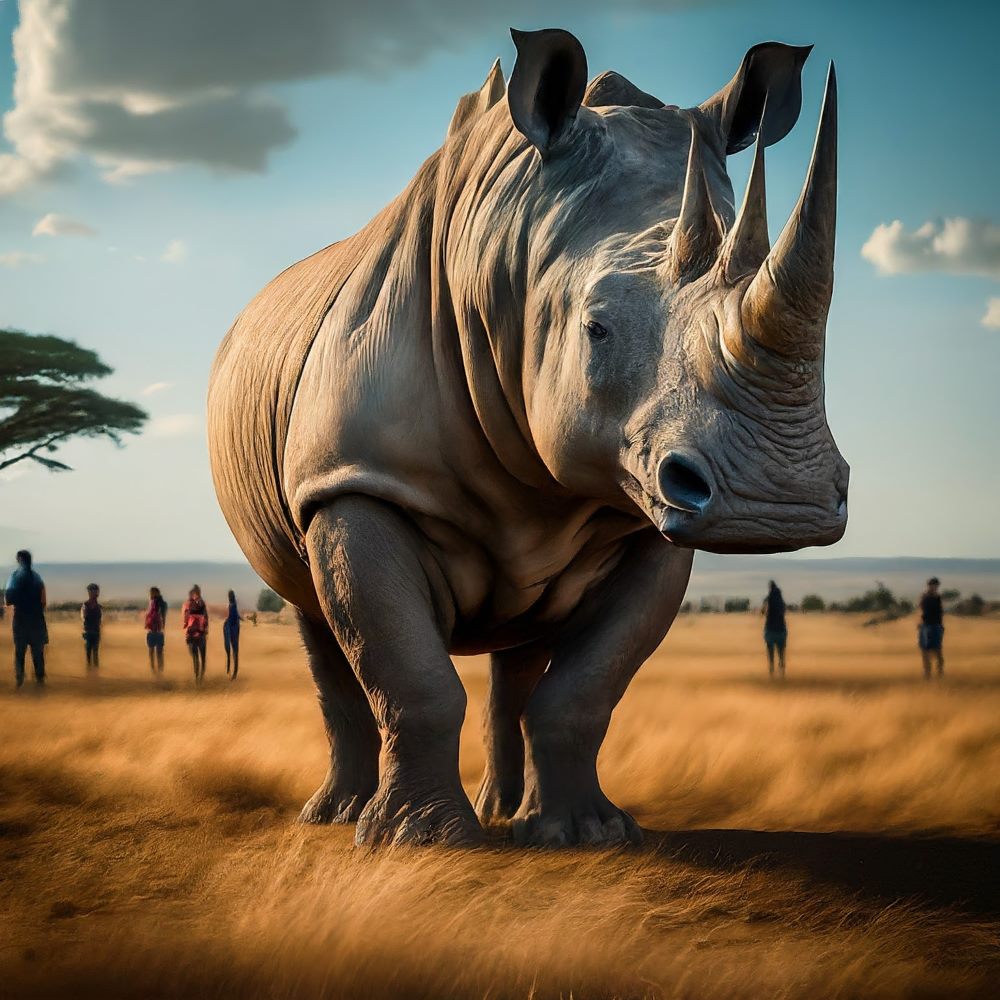
28. The Northern White Rhinoceros: The Tragic Decline of a Giant
The Northern White Rhinoceros (Ceratotherium simum cottoni) was a subspecies of white rhinoceros native to East and Central Africa. Recognized for its massive size and distinctive square-shaped mouth, this rhinoceros faced relentless poaching for its horns. The last male of the subspecies, Sudan, died in 2018, leaving only two females. With the death of the last known individual, the Northern White Rhinoceros stands on the brink of total extinction, emphasizing the urgent need for conservation efforts.
29. West African Black Rhino: The Silent Vanishing Act
The West African Black Rhino (Diceros bicornis longipes) was a subspecies of black rhinoceros native to West Africa. Recognized for its prehensile upper lip and two horns, this rhinoceros faced habitat loss and relentless poaching. The last known individual was confirmed dead in Cameroon in 2011, marking the extinction of a subspecies that once roamed the savannas of West Africa.
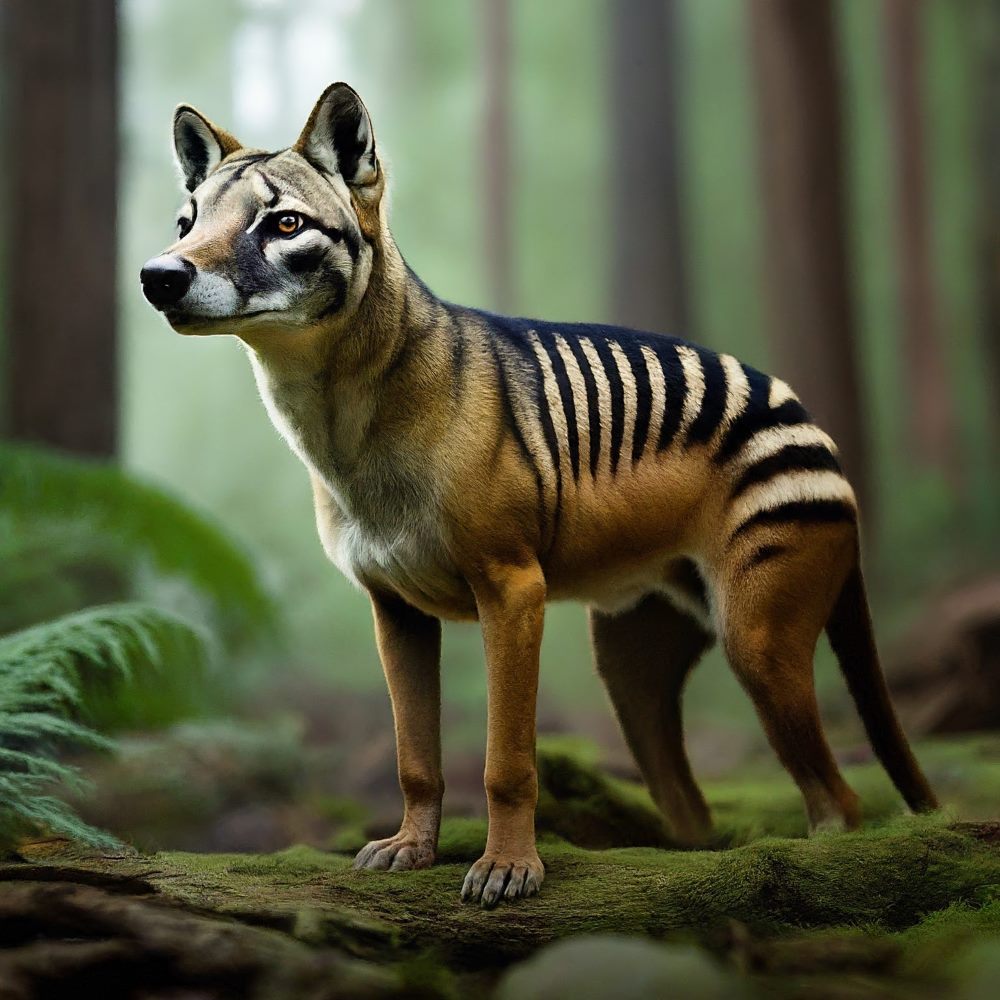
30. Thylacine: The Elusive Marsupial Predator
The Thylacine, or Tasmanian Tiger (Thylacinus cynocephalus), was a carnivorous marsupial native to Tasmania and mainland Australia. Recognized for its dog-like appearance and distinctive stripes, the Thylacine faced habitat destruction, hunting, and disease transmission. The last known individual died in captivity in 1936, marking the extinction of a species that once occupied a unique ecological niche.
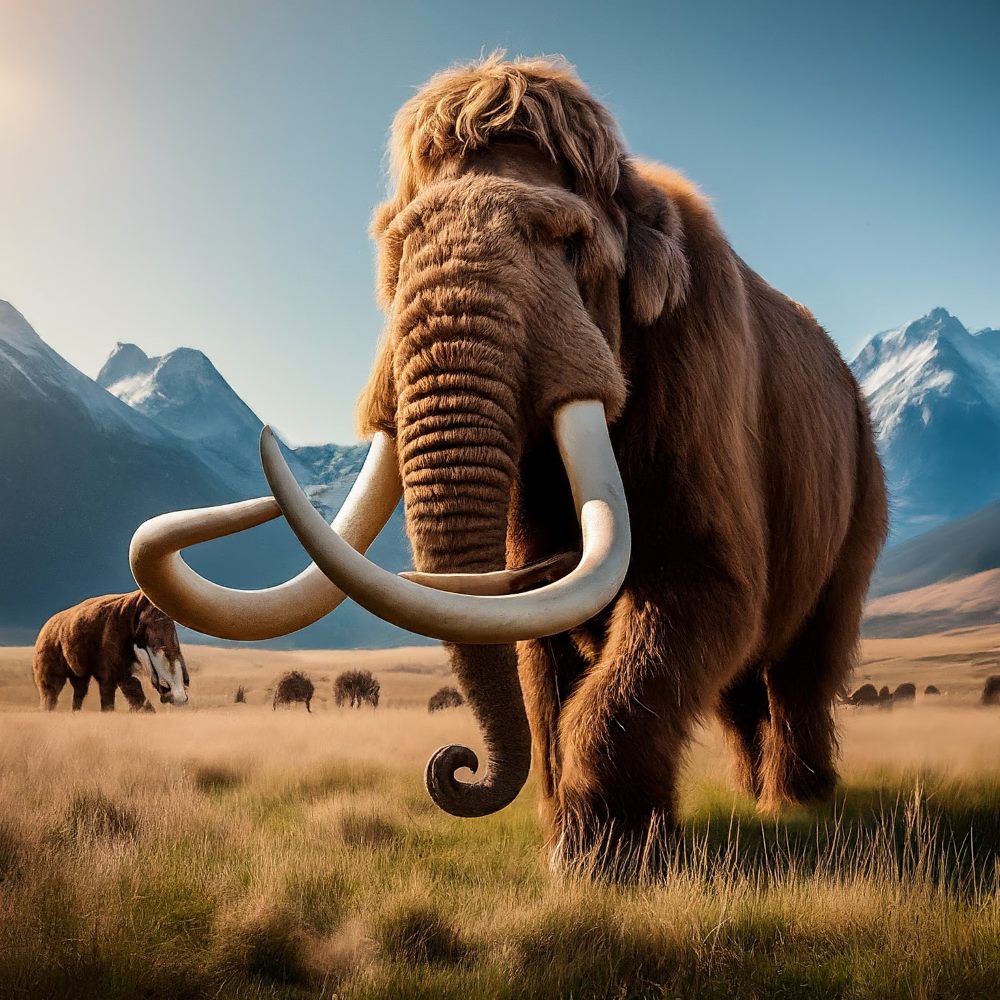
31. Woolly Mammoth: The Ice Age Giant’s Final Roar
The Woolly Mammoth (Mammuthus primigenius) was a massive, shaggy-haired mammal that once roamed the frigid landscapes of the Northern Hemisphere during the Pleistocene epoch. A victim of climate change and human hunting, the Woolly Mammoth faced extinction around 10,000 years ago. Despite their disappearance, the discovery of well-preserved specimens in the Arctic permafrost fuels discussions about potential de-extinction efforts.
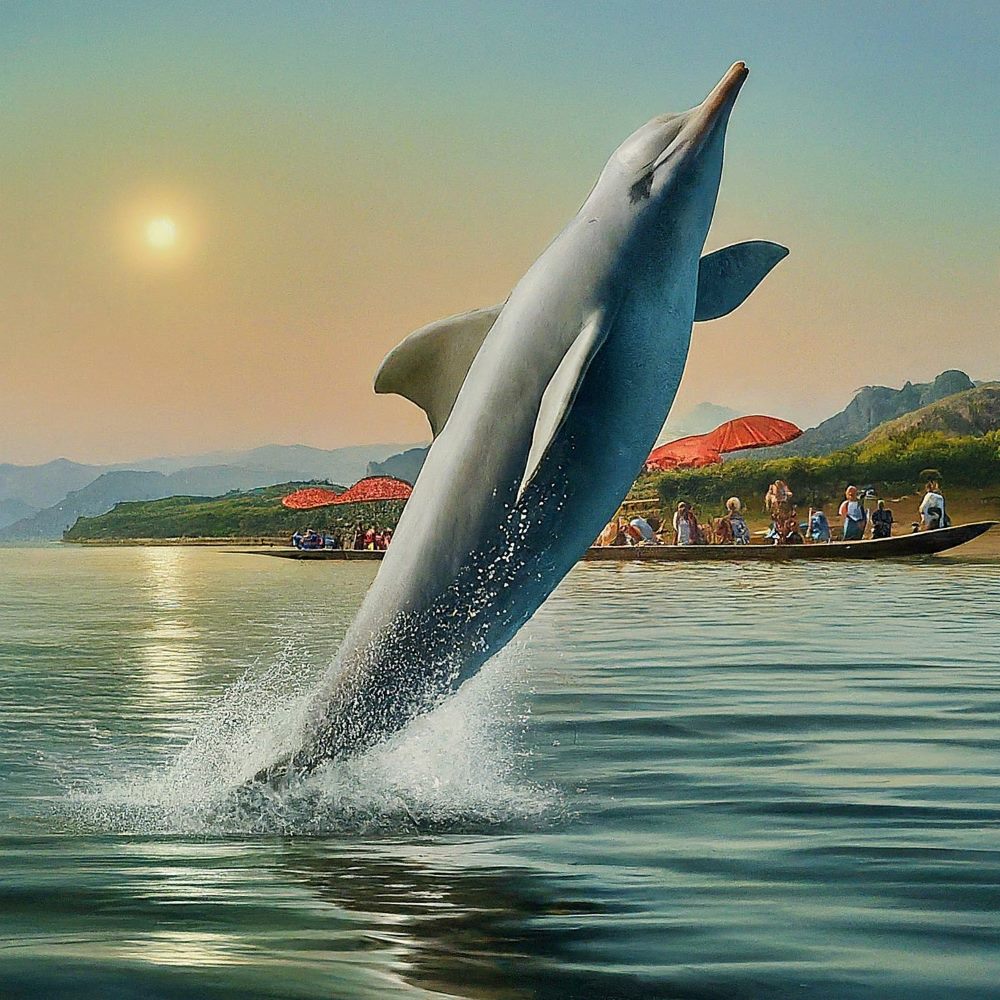
32. Yangtze River Dolphin: The Vanishing Goddess of the Yangtze
The Yangtze River Dolphin (Lipotes vexillifer), also known as the Baiji White Dolphin, was a freshwater cetacean native to the Yangtze River in China. Revered in Chinese culture as the “Goddess of the Yangtze,” this dolphin faced habitat degradation, boat traffic, and overfishing. The last confirmed sighting was in 2002, marking its tragic journey into functional extinction and highlighting the importance of preserving aquatic ecosystems.
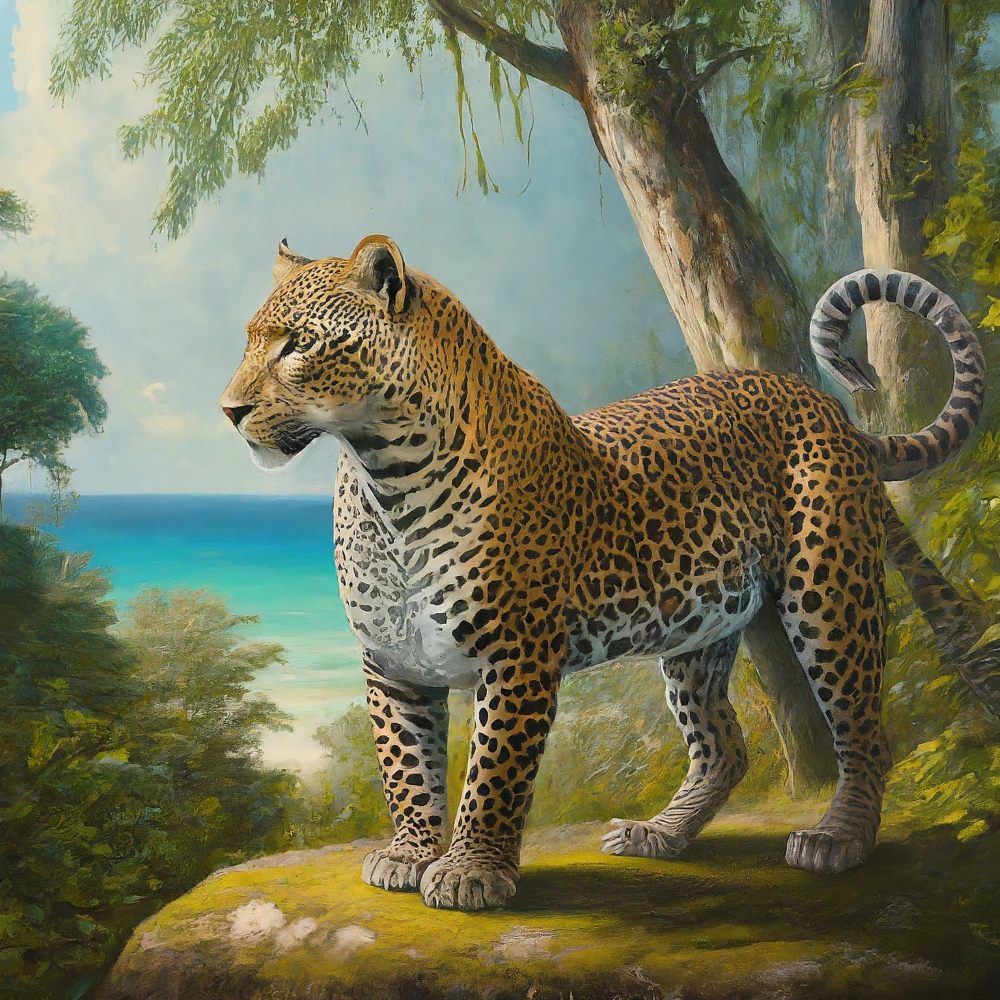
33. Zanzibar Leopard: The Elusive Feline of East Africa
The Zanzibar Leopard (Panthera pardus adersi) was a subspecies of leopard native to the Zanzibar Archipelago. Recognized for its elusive nature and unique coat pattern, this leopard faced habitat loss and persecution. The last confirmed sighting occurred in the early 1990s, marking the likely extinction of a subspecies that once added to the biodiversity of East Africa.
Conclusion
The extinction of these diverse and remarkable species serves as a poignant reminder of the profound impact that human activities can have on the delicate balance of ecosystems. From iconic mammals and birds to lesser-known amphibians and fish, each lost species leaves behind a void in the tapestry of life. Their stories compel us to reflect on the importance of conservation efforts, sustainable practices, and global cooperation to protect the biodiversity that remains and prevent further losses in the future. As we bid farewell to these extinct animals, let their legacies inspire a renewed commitment to preserving the wonders of the natural world for generations to come.

94% of pet owners say their animal pal makes them smile more than once a day. In 2007, I realized that I was made for saving Animals. My father is a Vet, and I think every pet deserves one. I started this blog, “InPetCare”, in 2019 with my father to enlighten a wider audience.
